Loading...
Number Bonds Up to 20 Worksheet
Making 10
Grades: Kindergarten
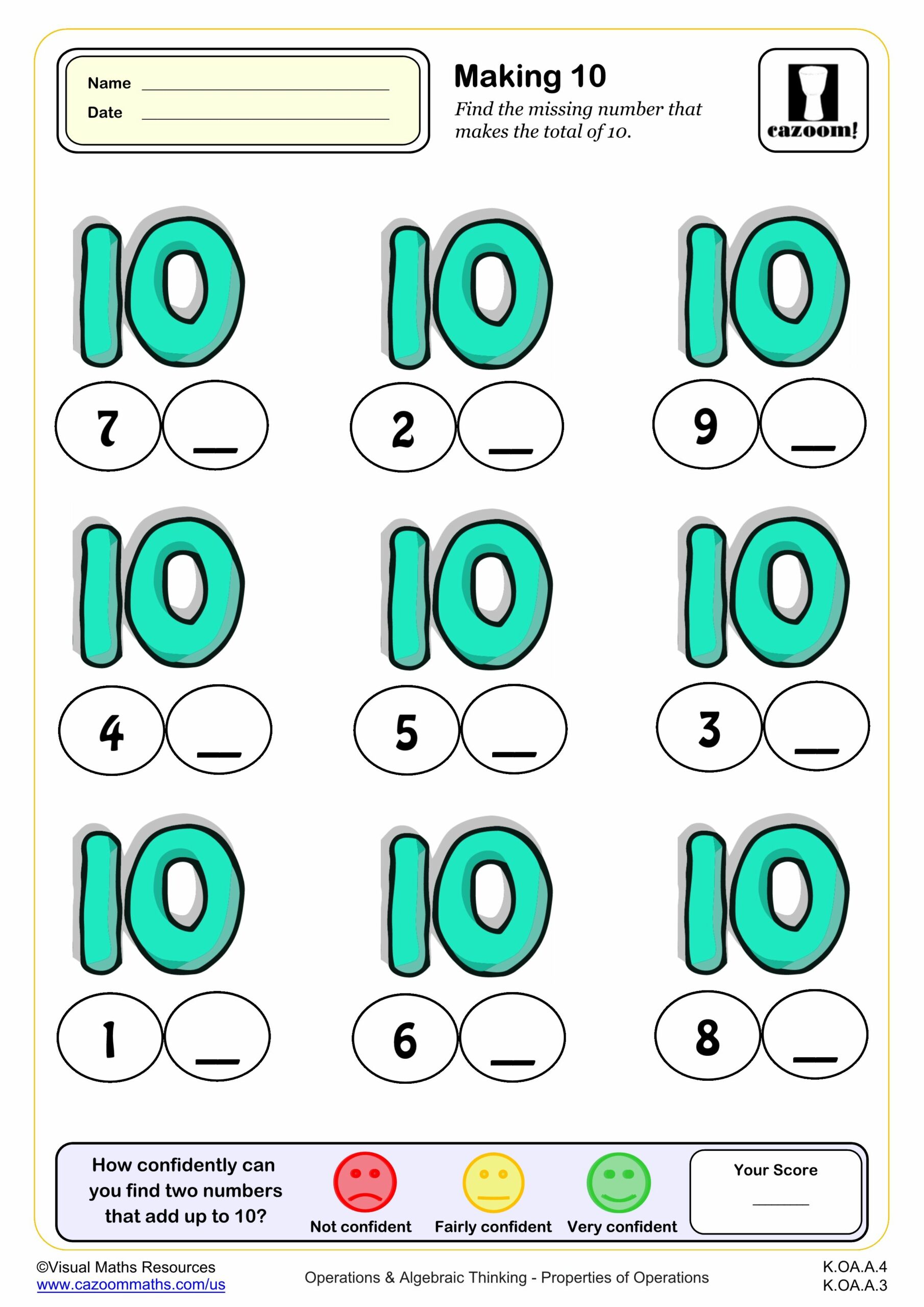
Making 10 (BONDS)
Grades: Kindergarten
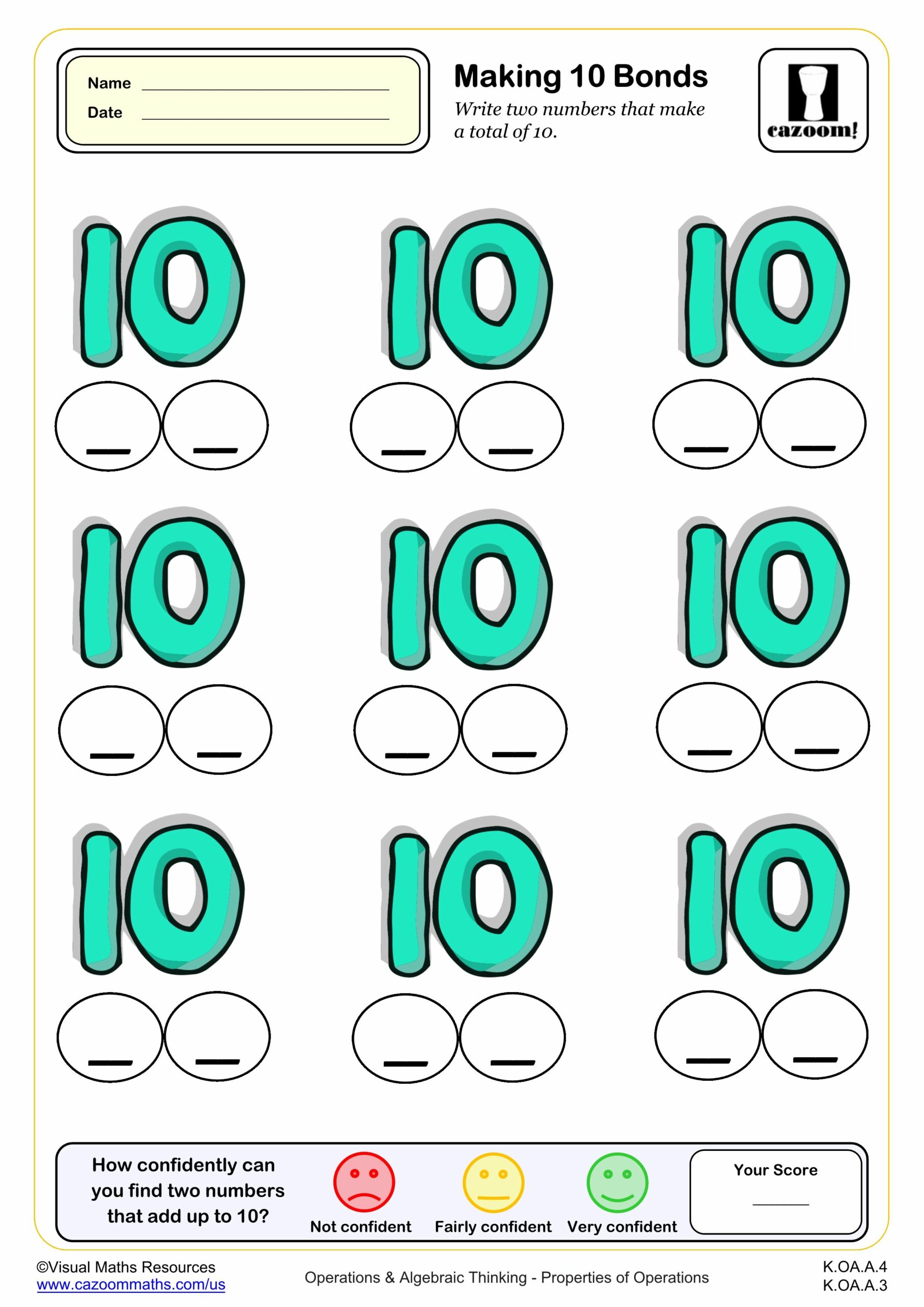
Making 10 with three numbers
Grades: Kindergarten, 1st Grade
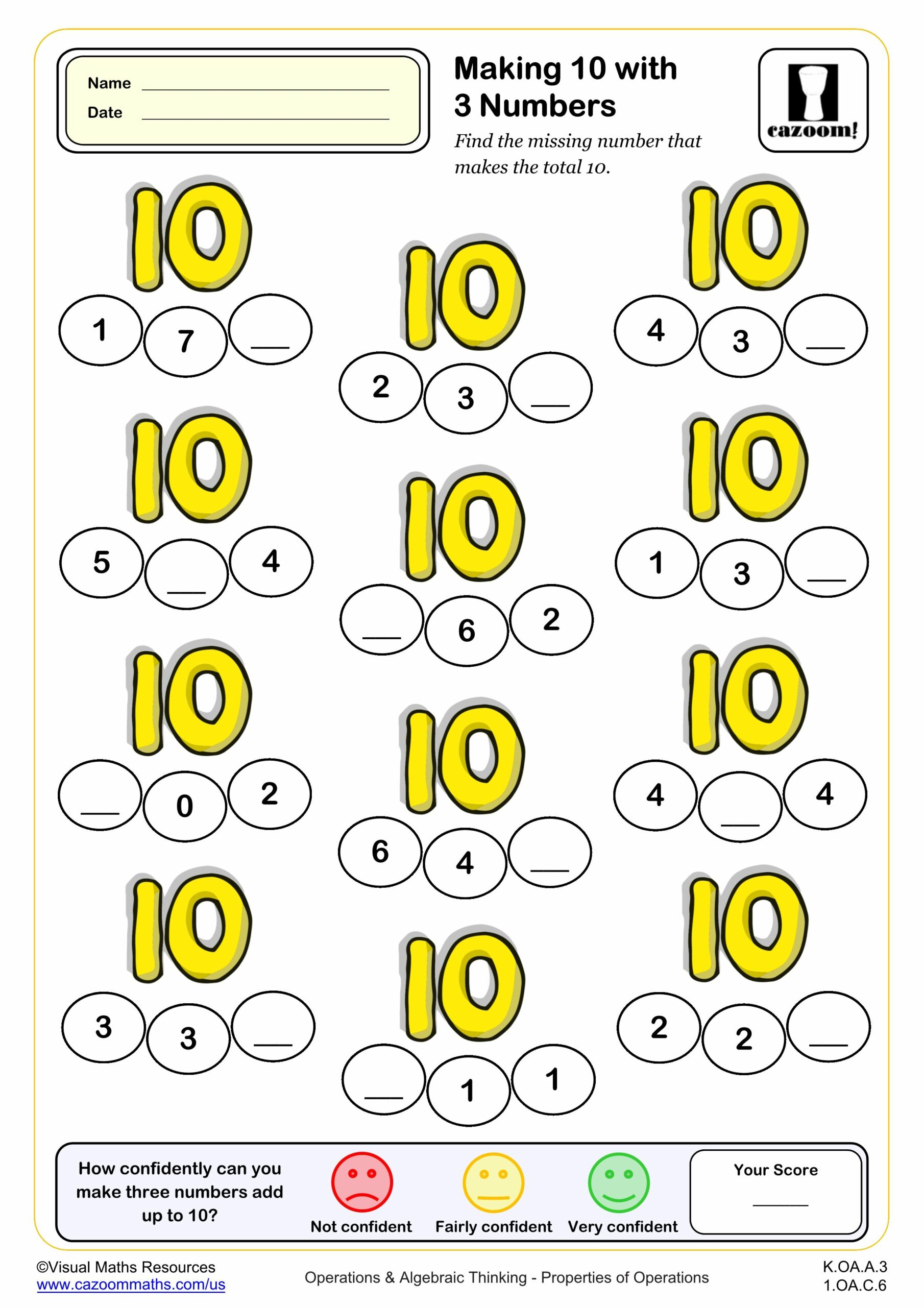
Making 10 with three numbers (Blanks)
Grades: Kindergarten, 1st Grade
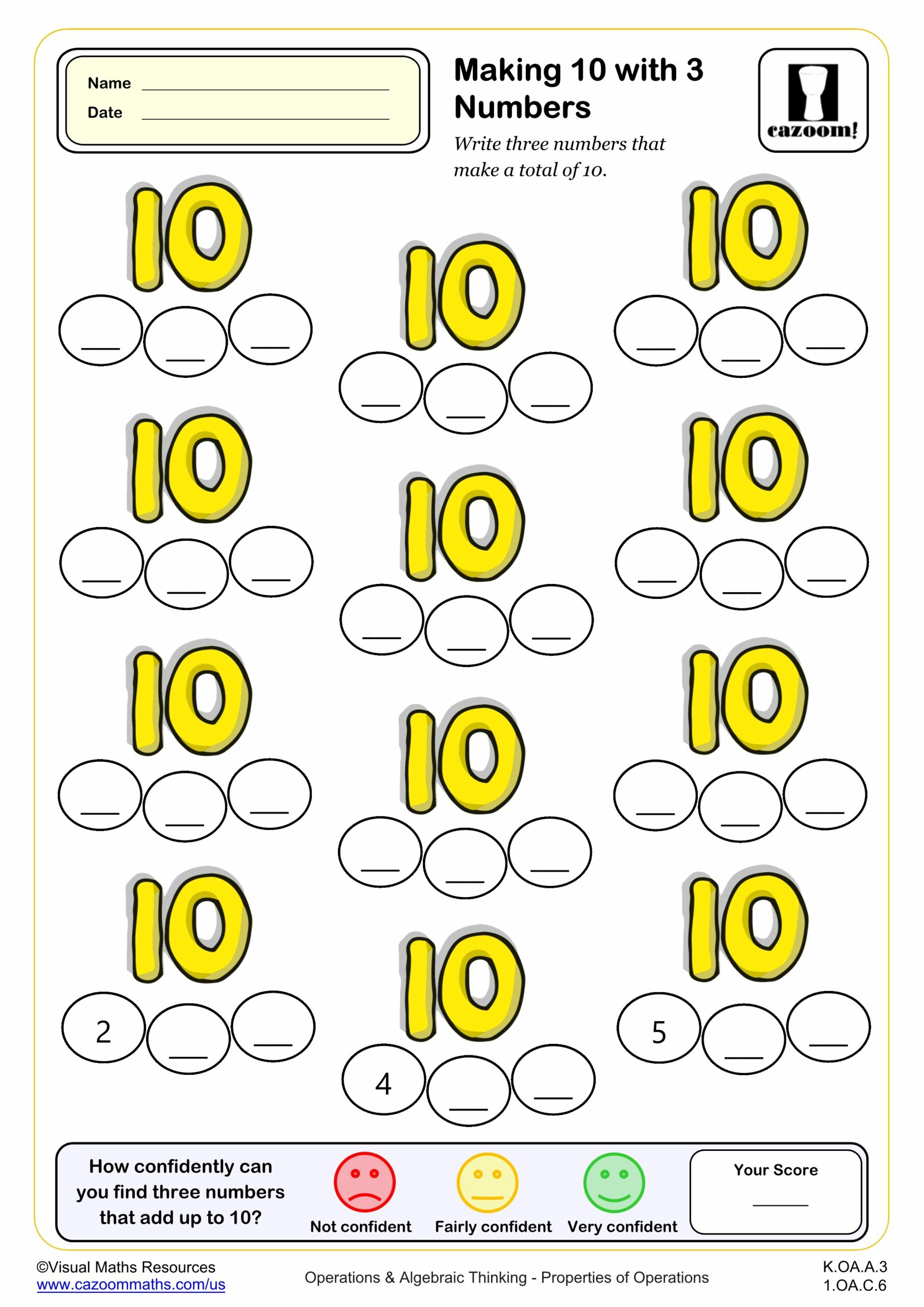
Making 15
Grades: Kindergarten, 1st Grade
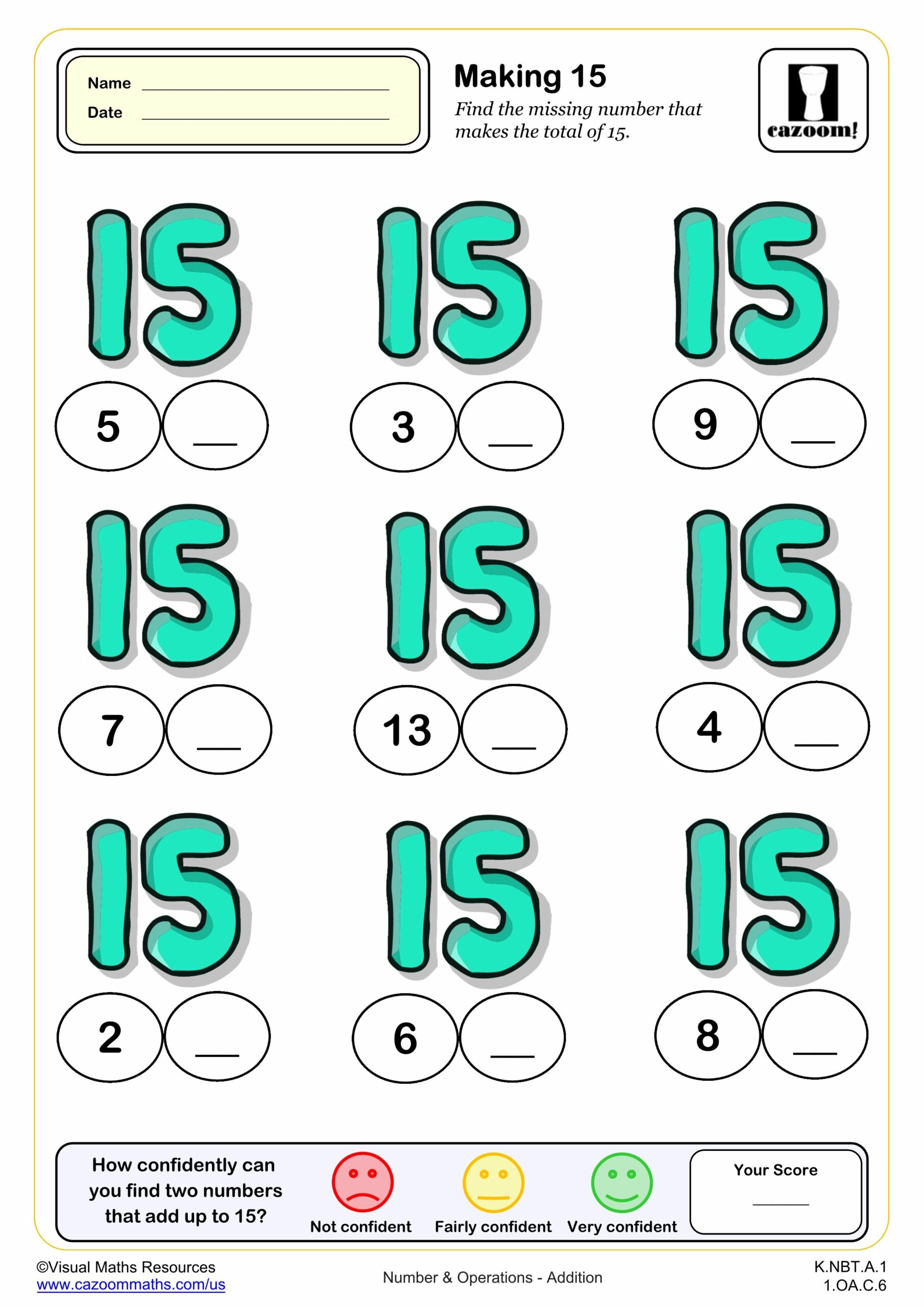
Making 15 (BONDS)
Grades: Kindergarten, 1st Grade
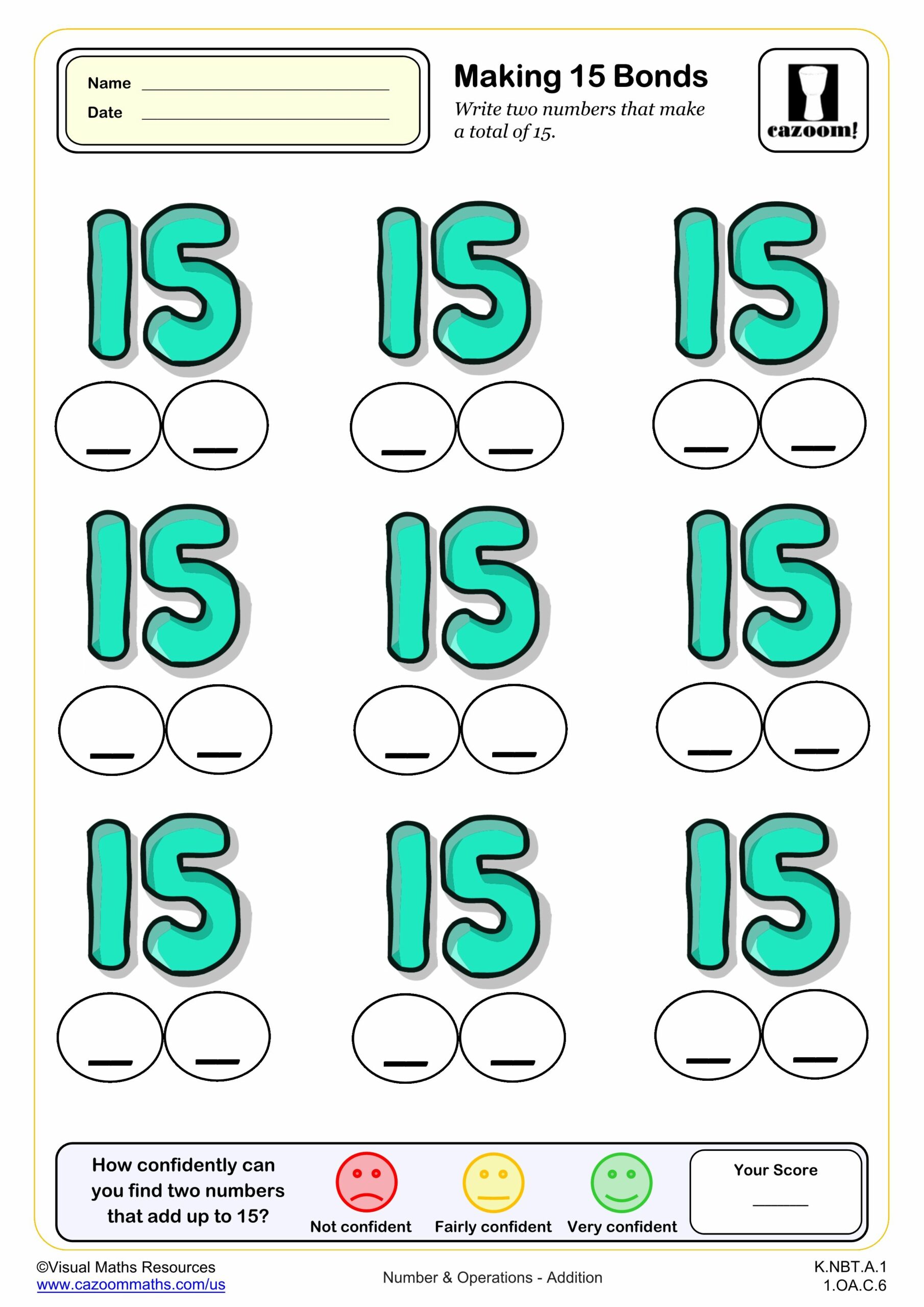
Making 18
Grades: Kindergarten, 1st Grade

Making 18 (BONDS)
Grades: Kindergarten, 1st Grade
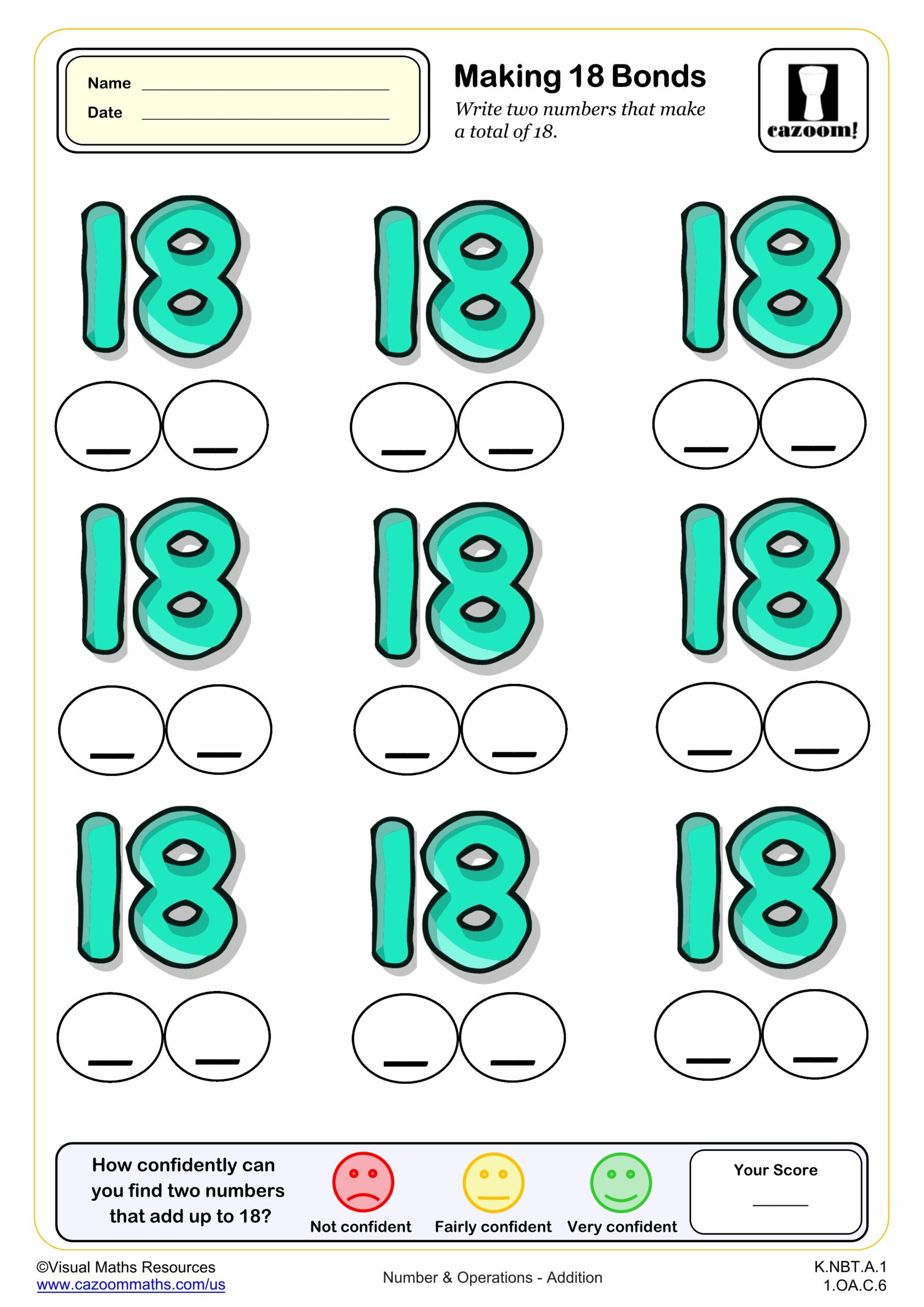
Making 7
Grades: Kindergarten, 1st Grade
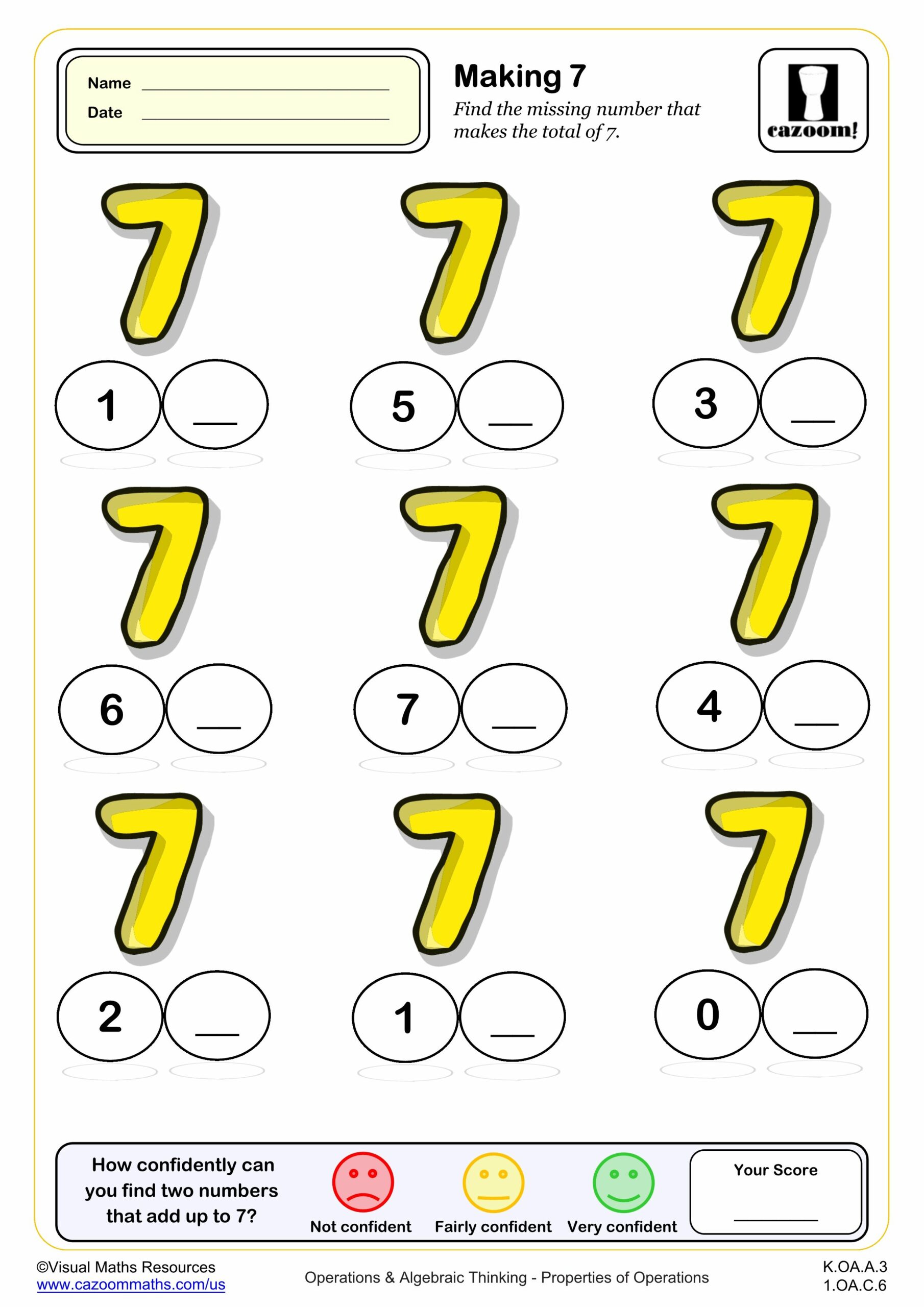
Making 7 (Bonds)
Grades: Kindergarten, 1st Grade
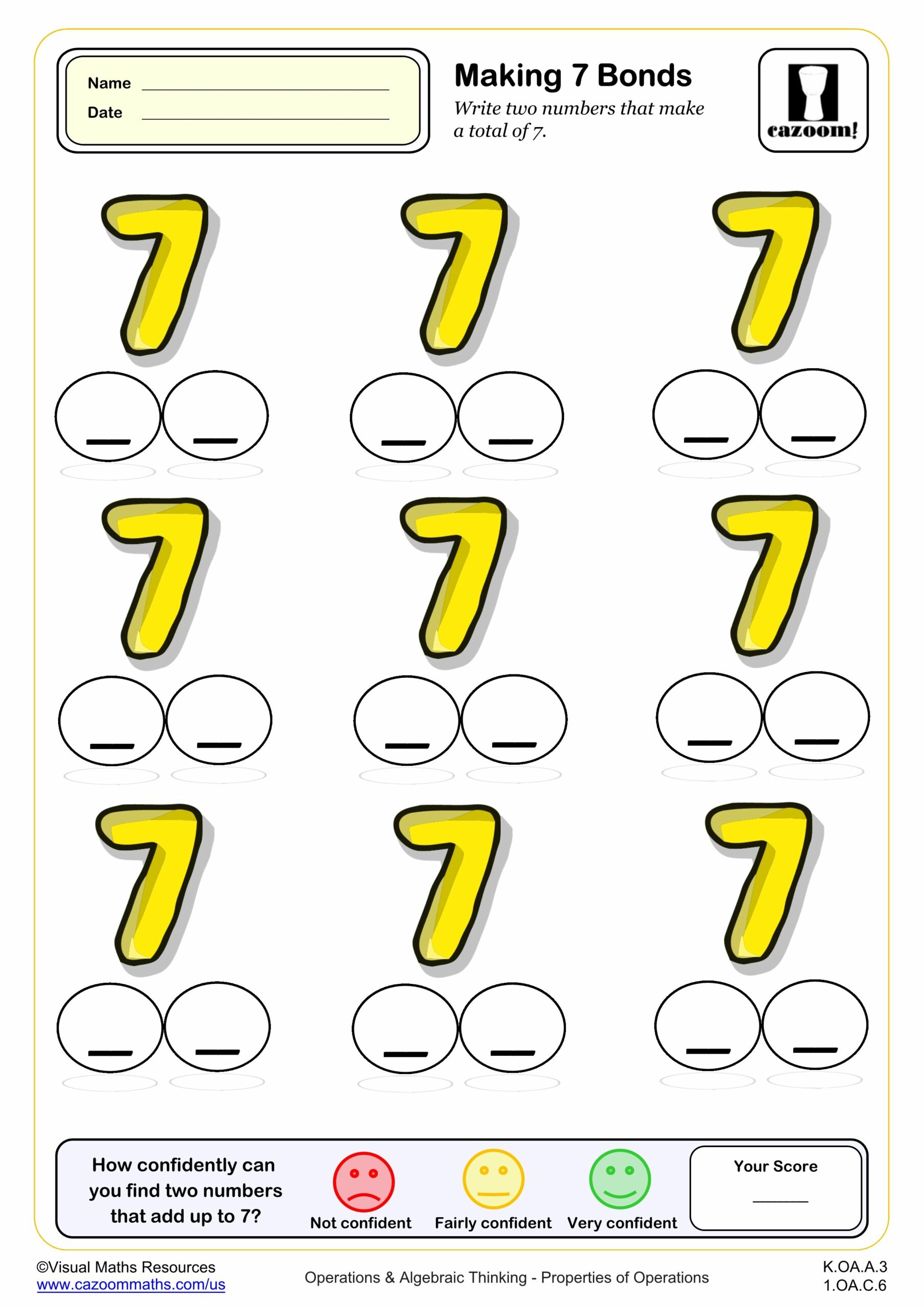
Making 8
Grades: Kindergarten, 1st Grade
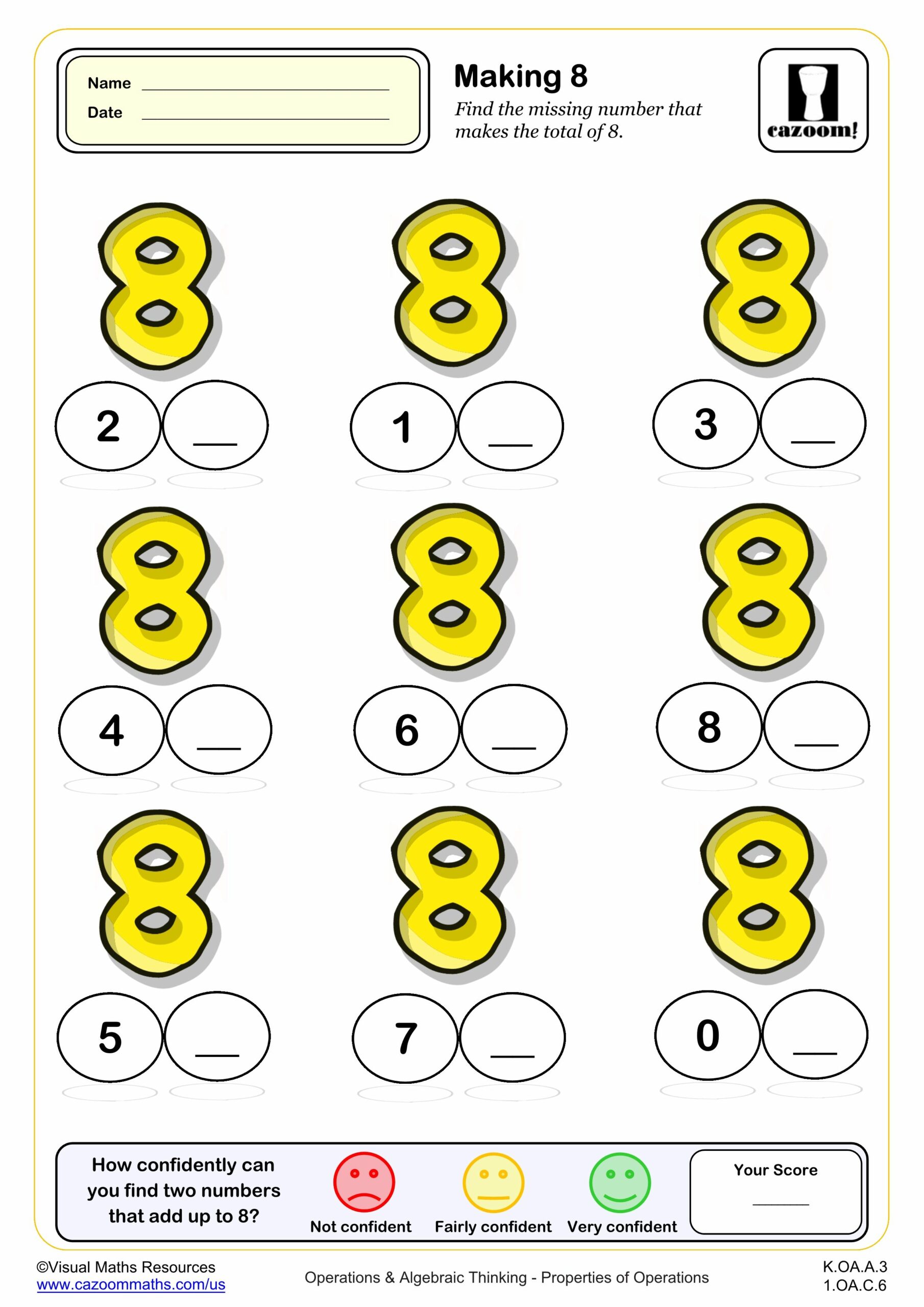
Making 8 (BONDS)
Grades: Kindergarten, 1st Grade
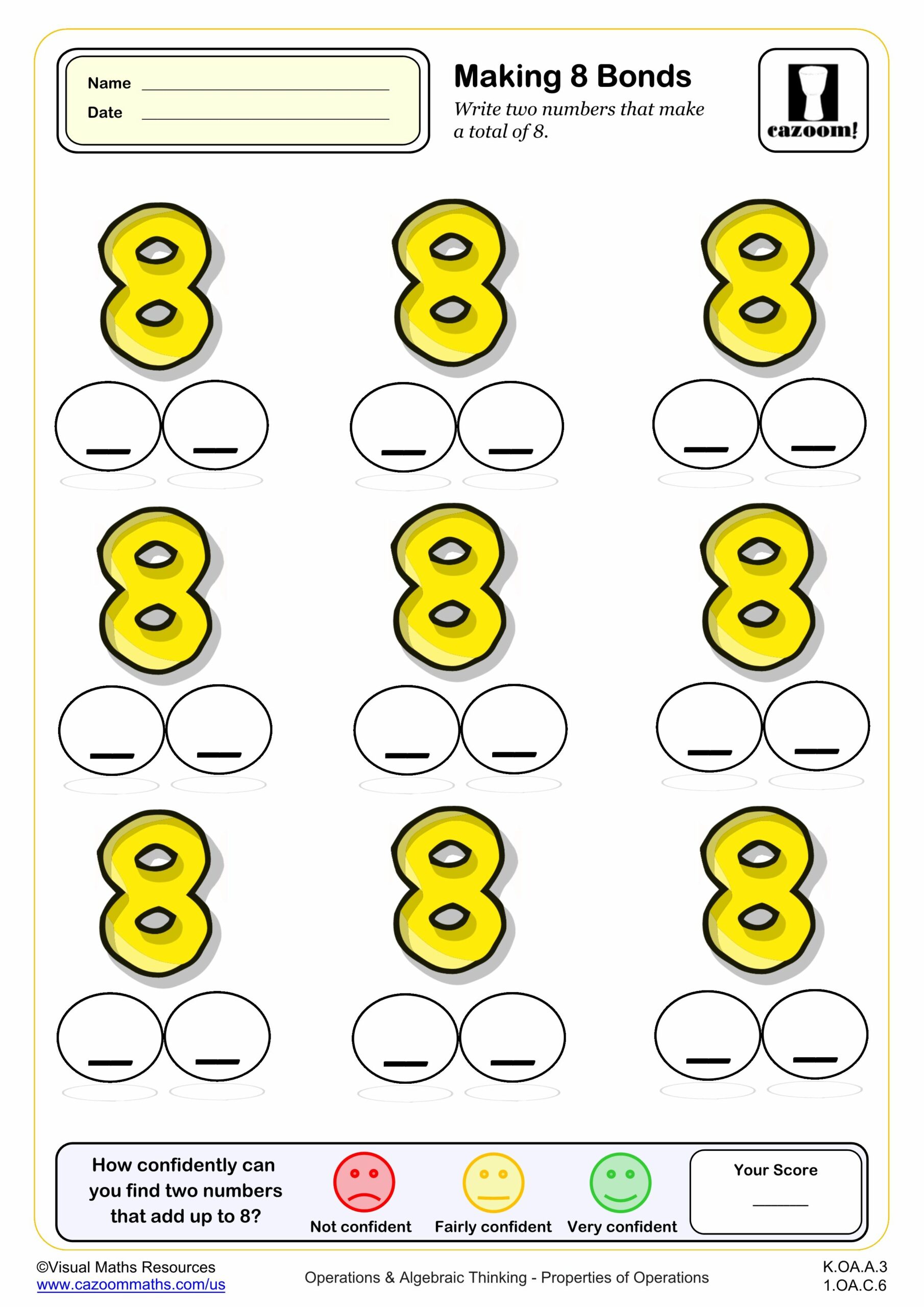
Making 9
Grades: Kindergarten, 1st Grade
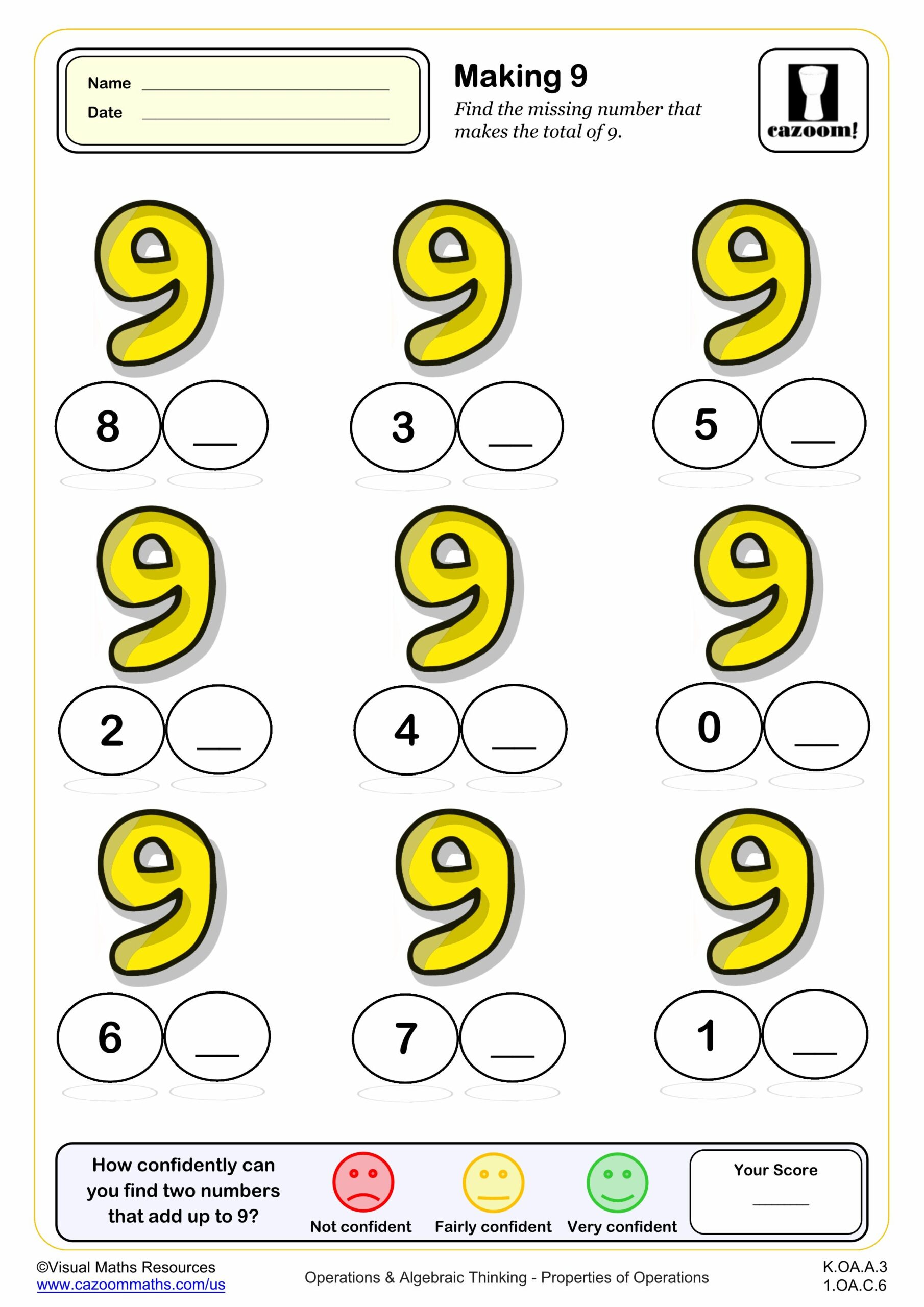
Making 9 (BONDS)
Grades: Kindergarten, 1st Grade
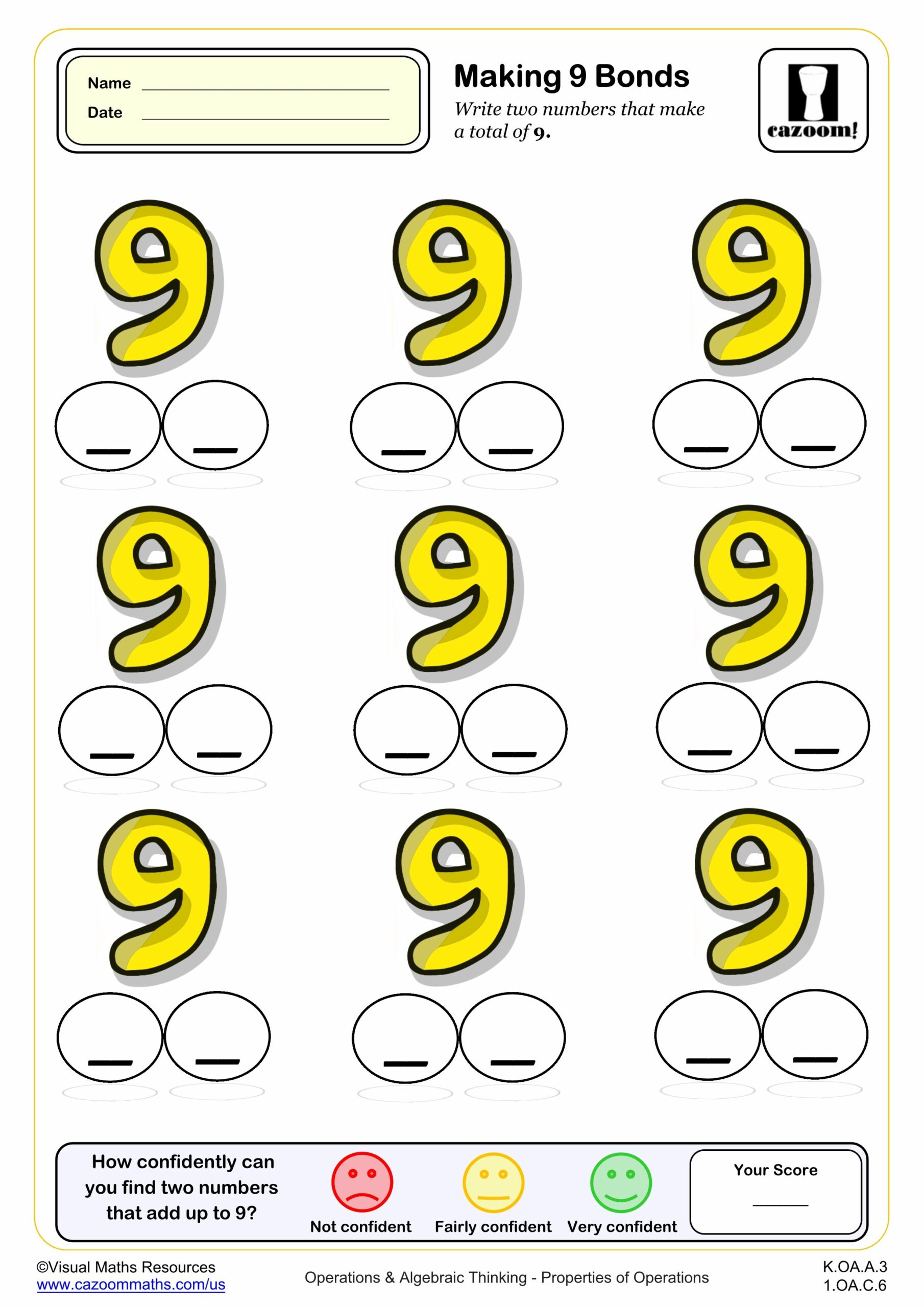
Matching Sums (to 10)
Grades: Kindergarten
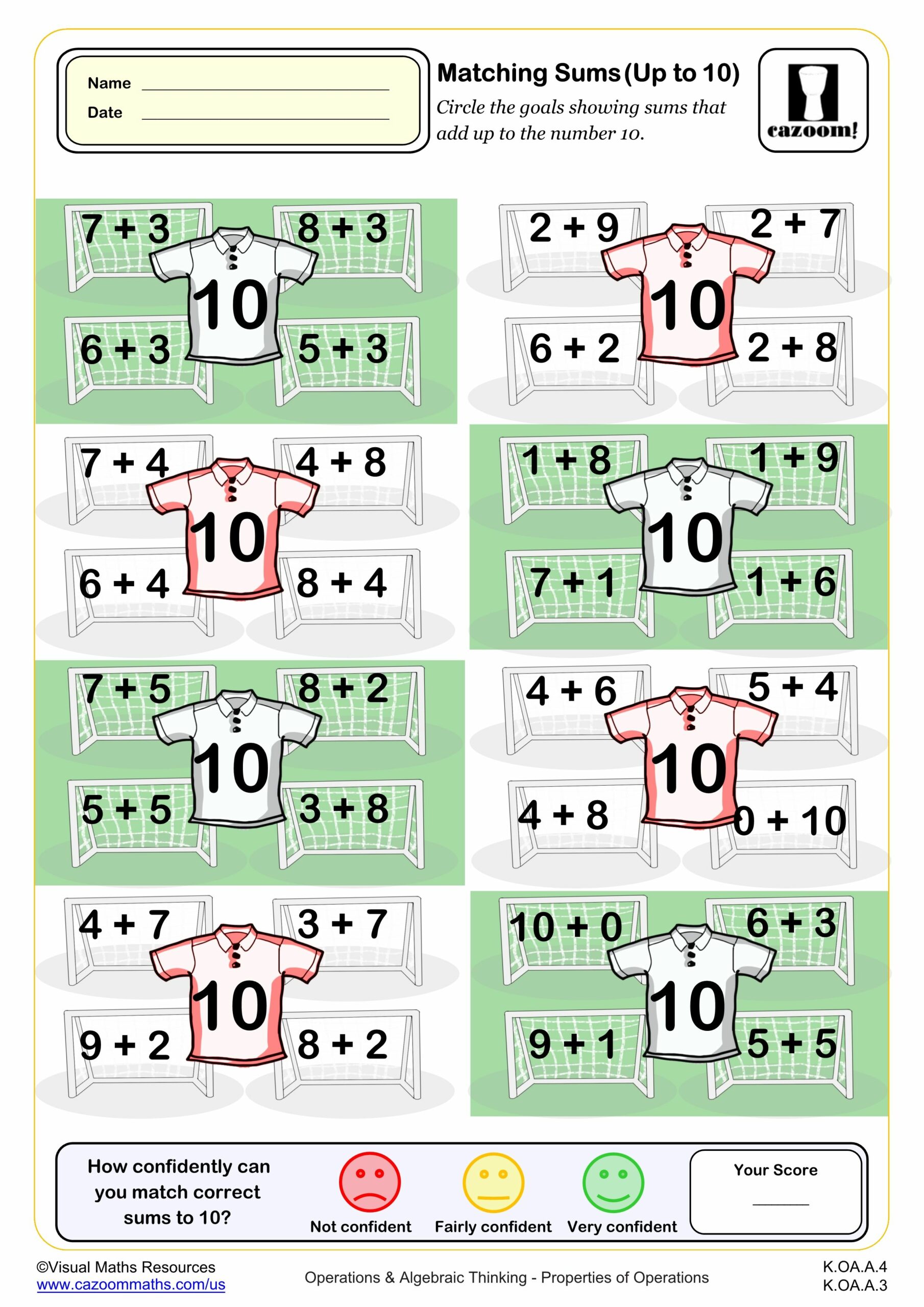
Number Bonds to 10 drills (10 questions)
Grades: Kindergarten, 1st Grade
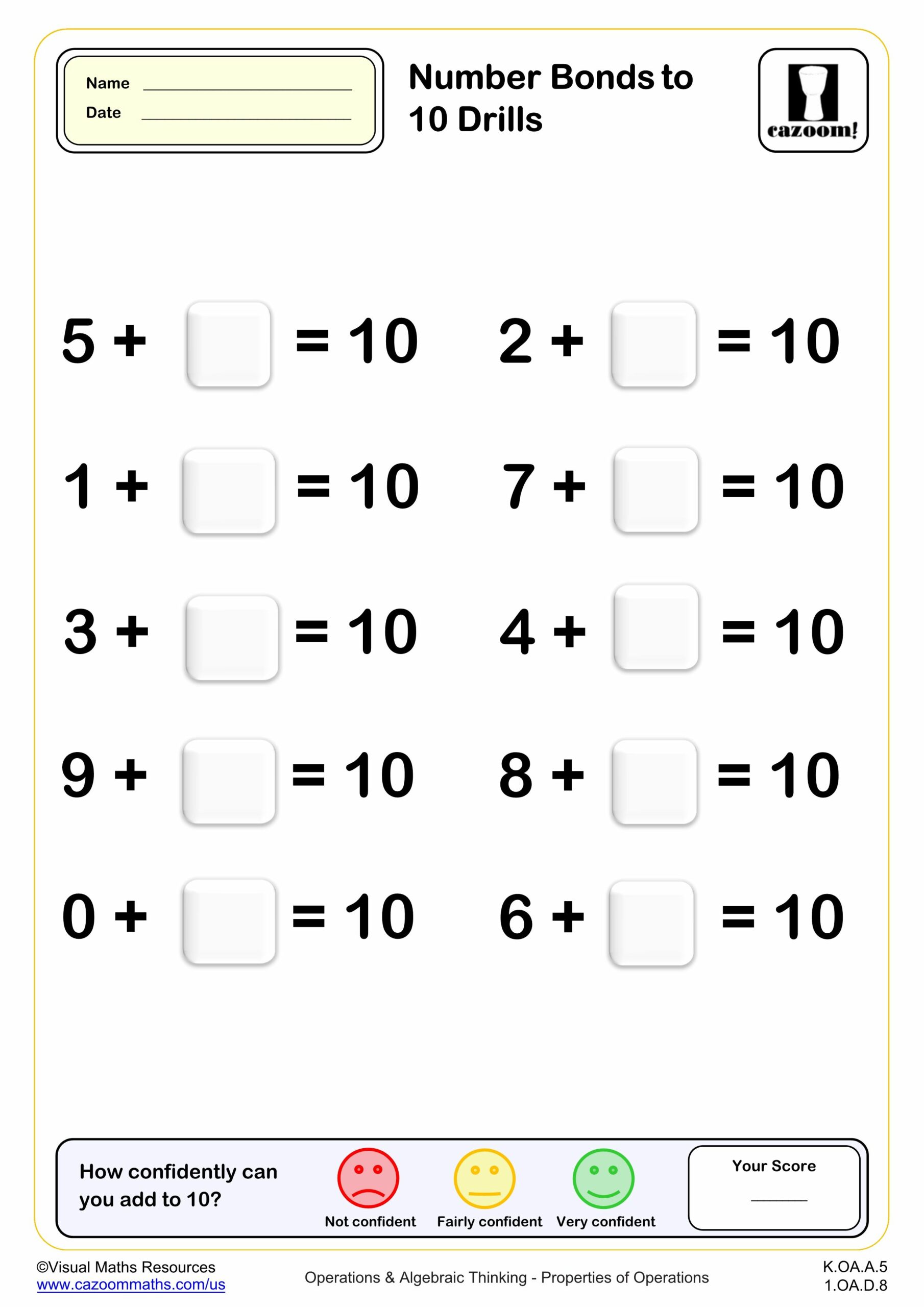
Number Bonds to 10 drills (20 questions)
Grades: Kindergarten, 1st Grade
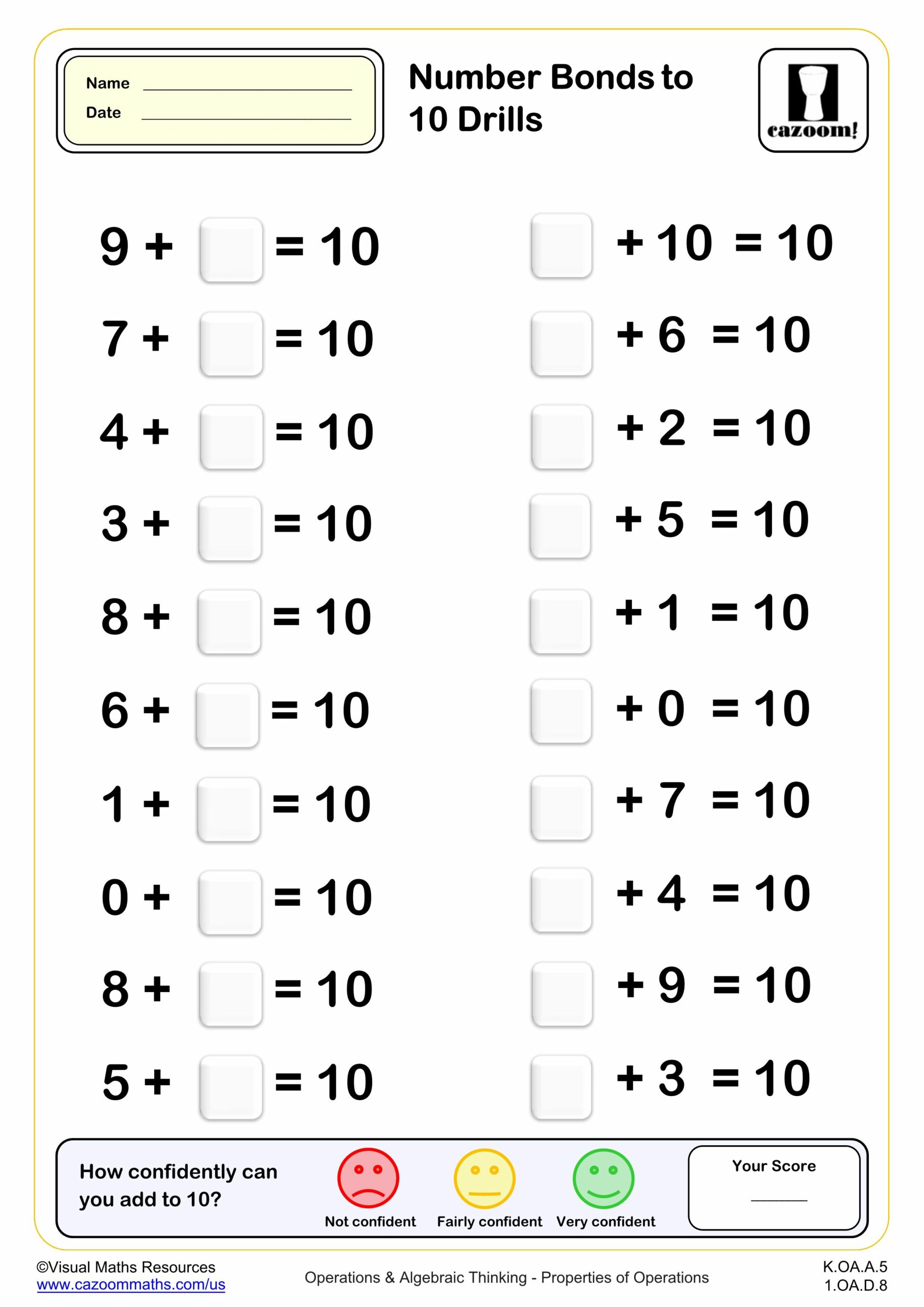
Number Bonds to 10 drills (50 questions)
Grades: Kindergarten, 1st Grade
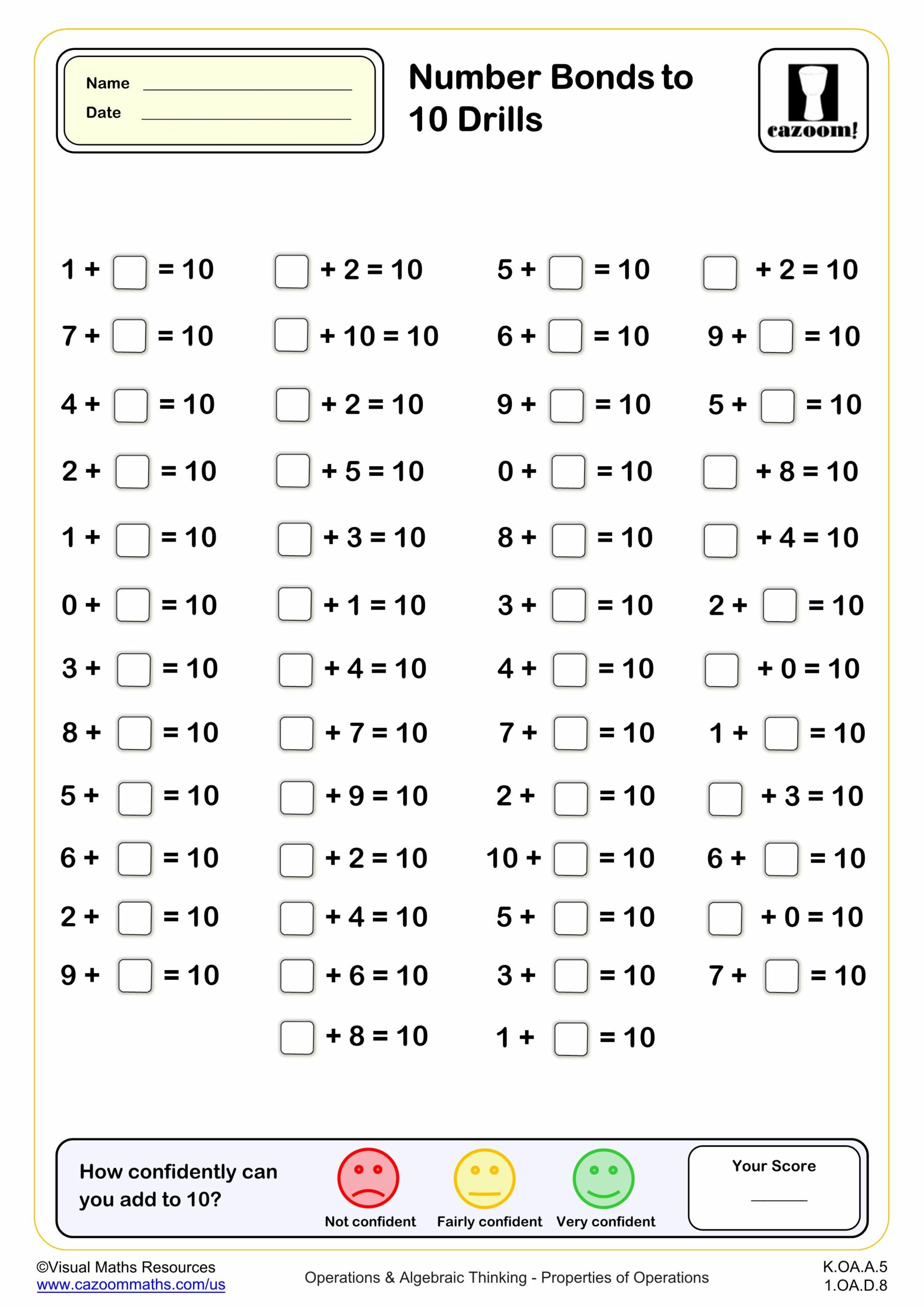
Number Bonds to 10 with Dots
Grades: Kindergarten, 1st Grade
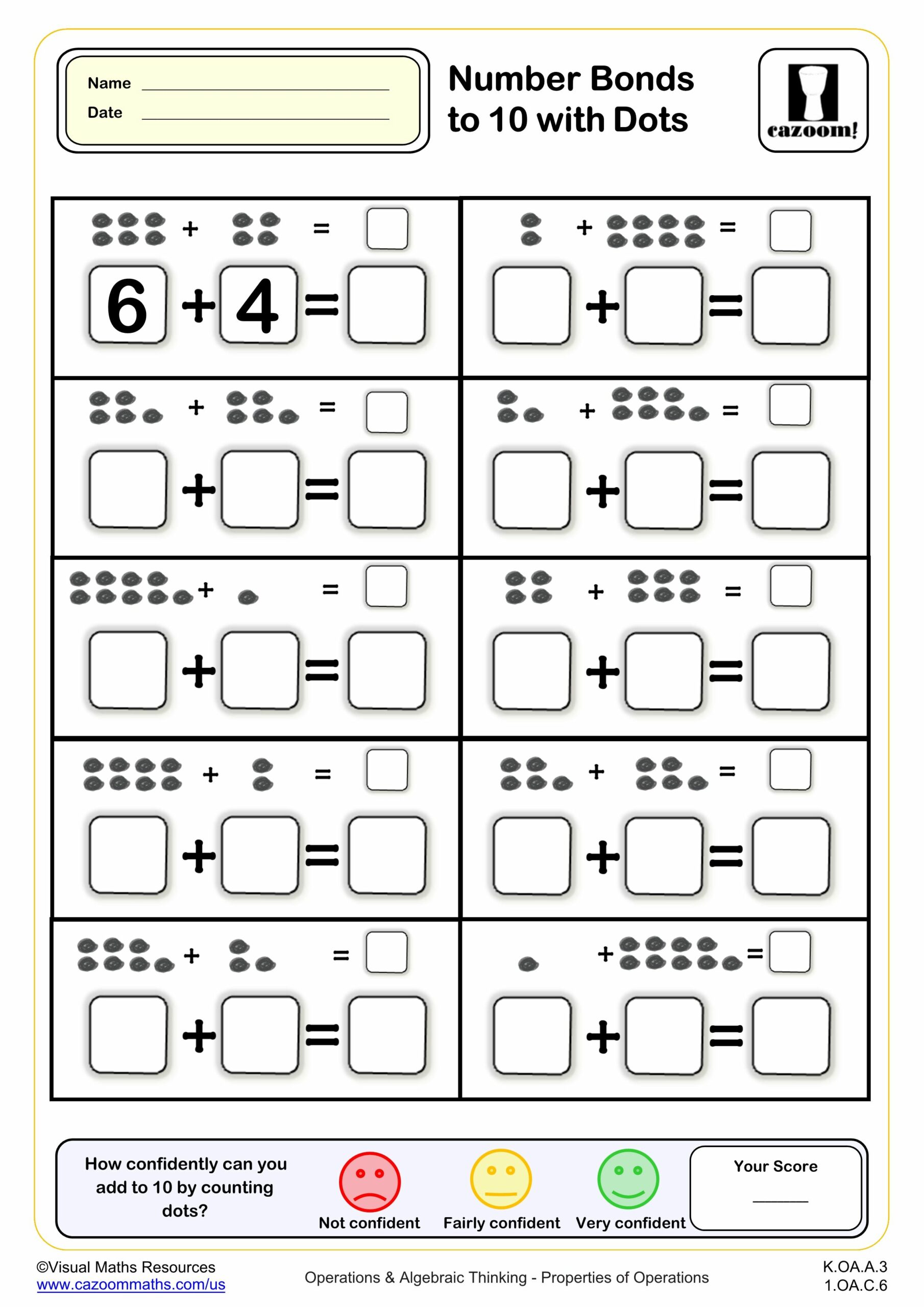
Number bonds to 10 with number lines
Grades: Kindergarten, 1st Grade
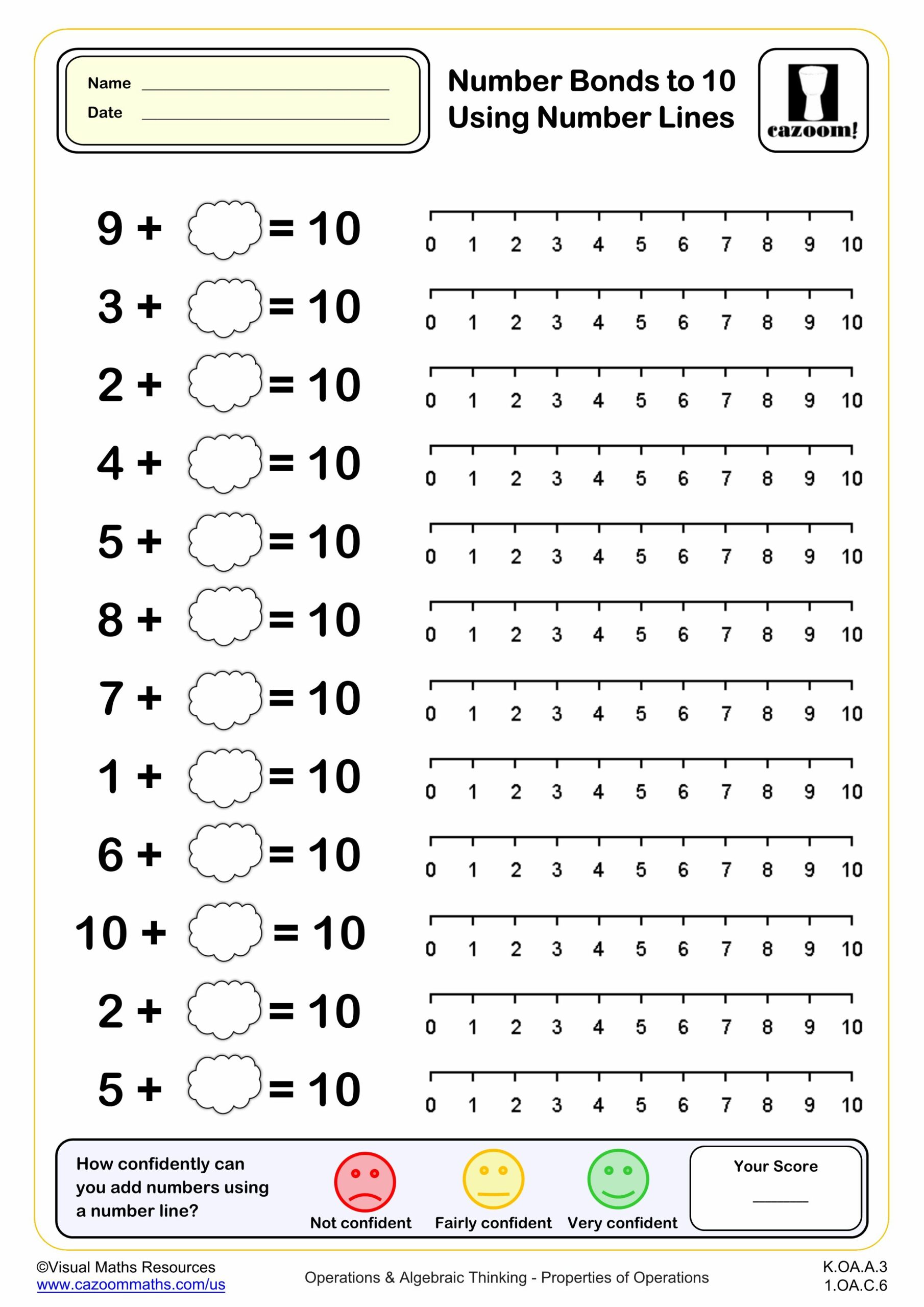
Number Bonds to 5 drills (10 questions)
Grades: Kindergarten
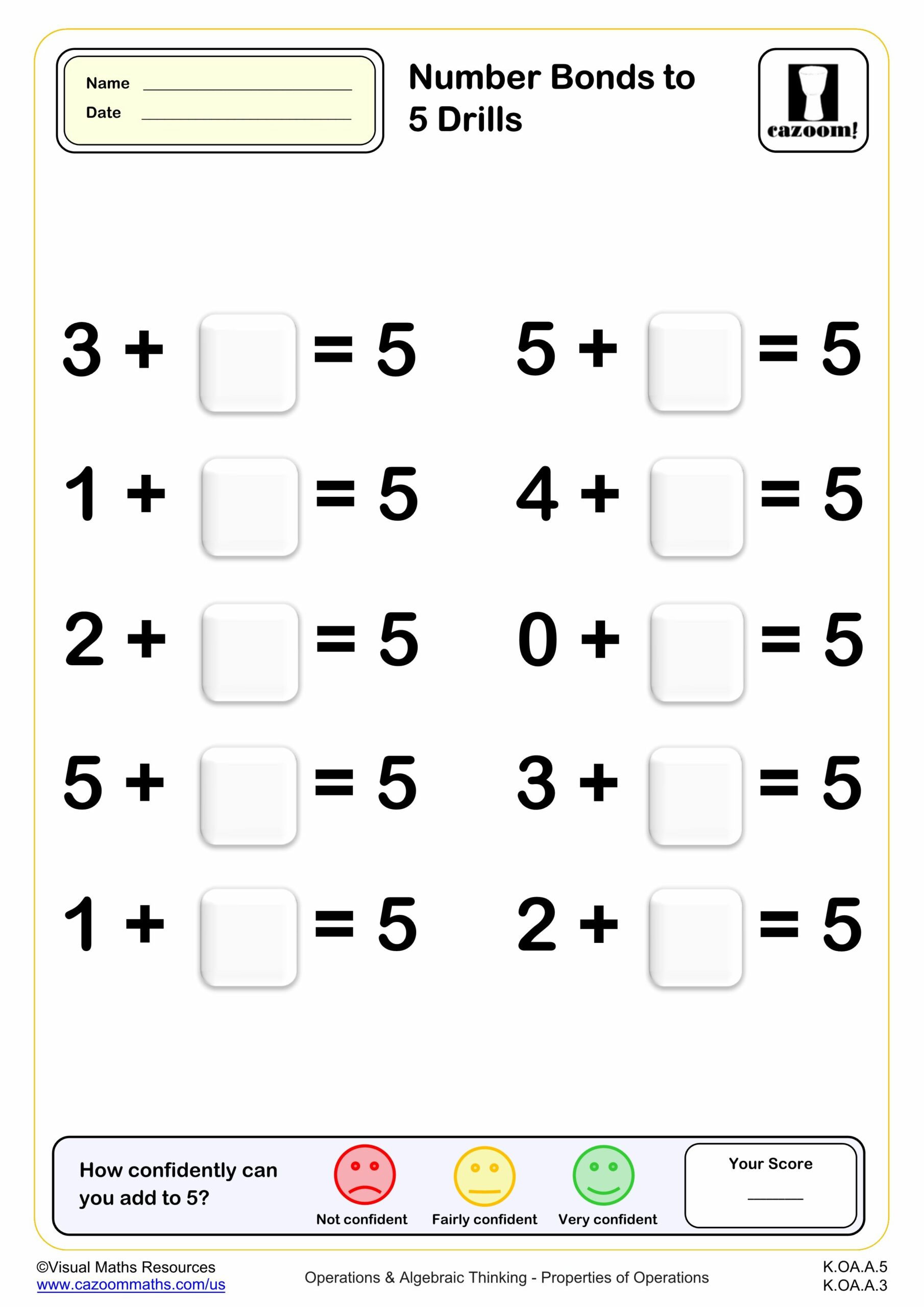
Number Bonds to 5 drills (20 questions)
Grades: Kindergarten
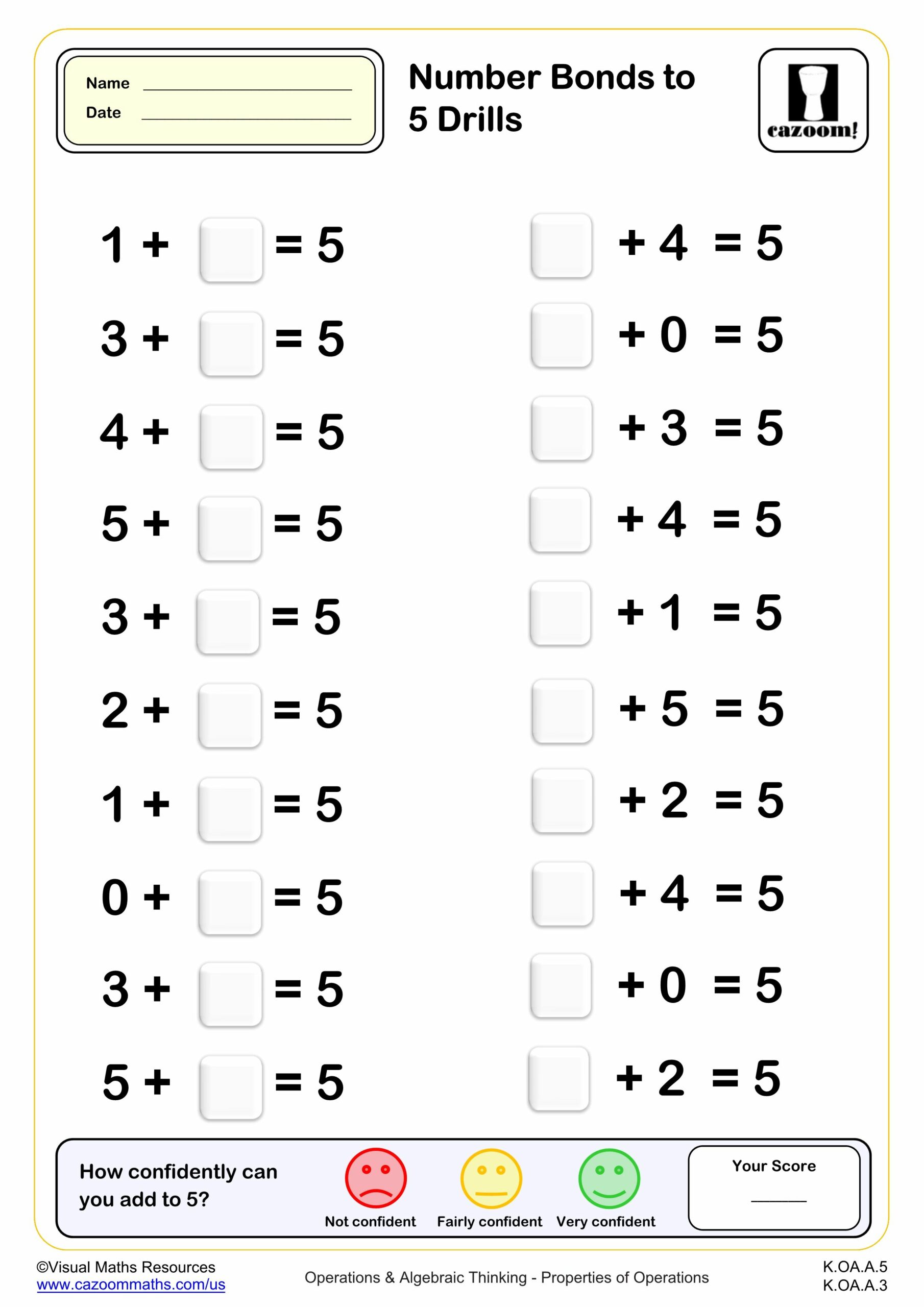
Number Bonds to 5 drills (50 questions)
Grades: Kindergarten, 1st Grade
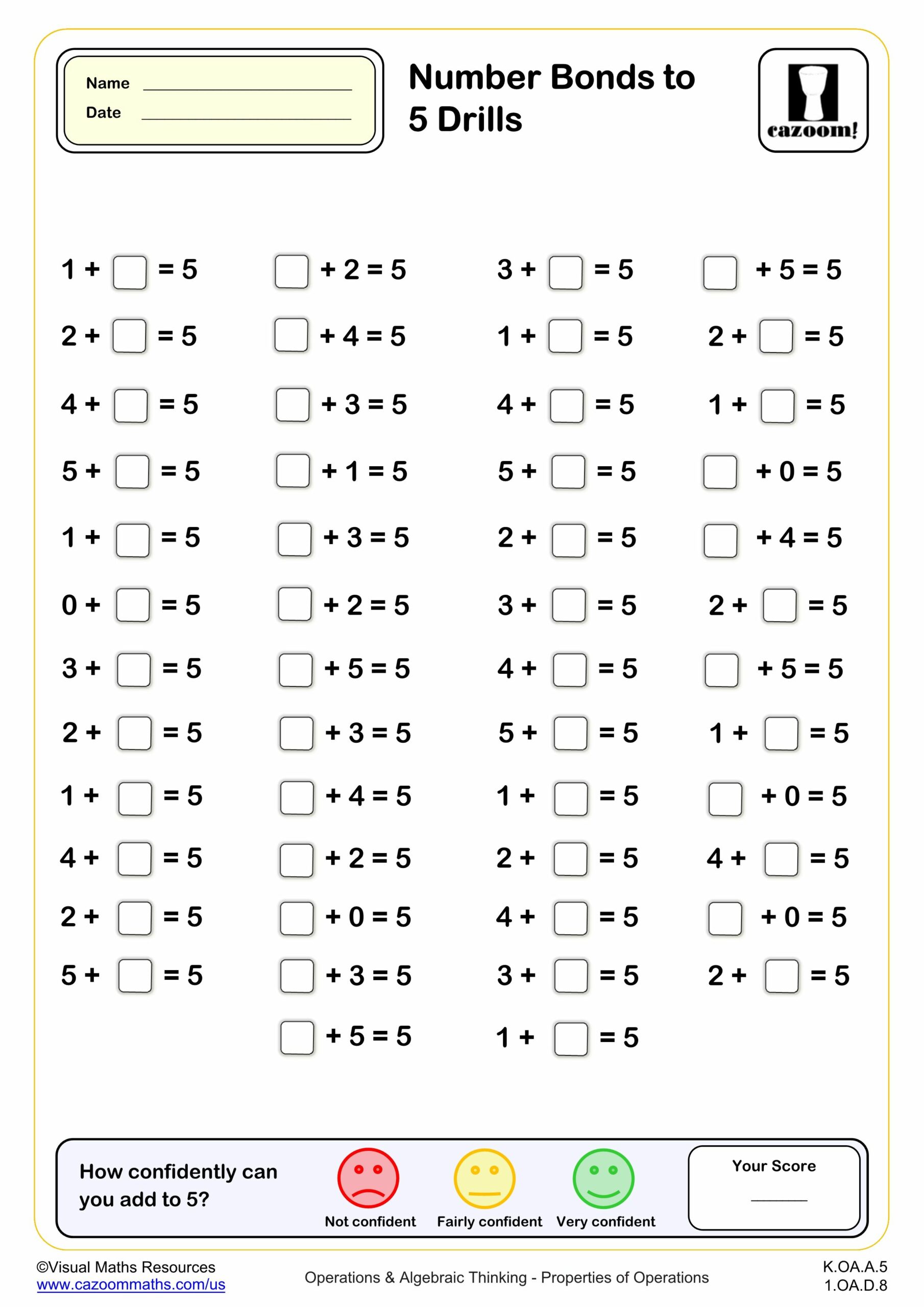
Making 20 (A)
Grades: 1st Grade
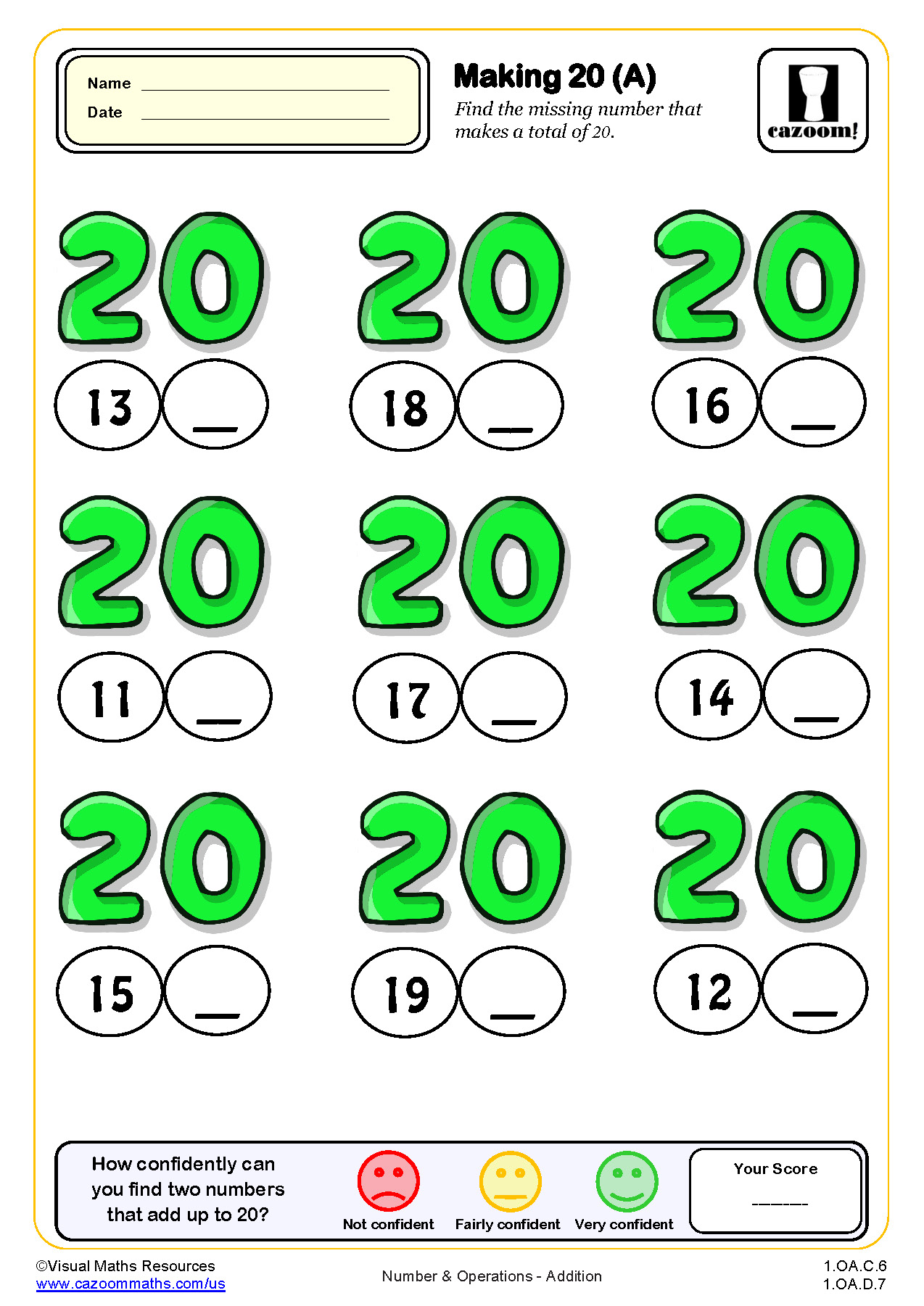
Making 20 (B)
Grades: 1st Grade
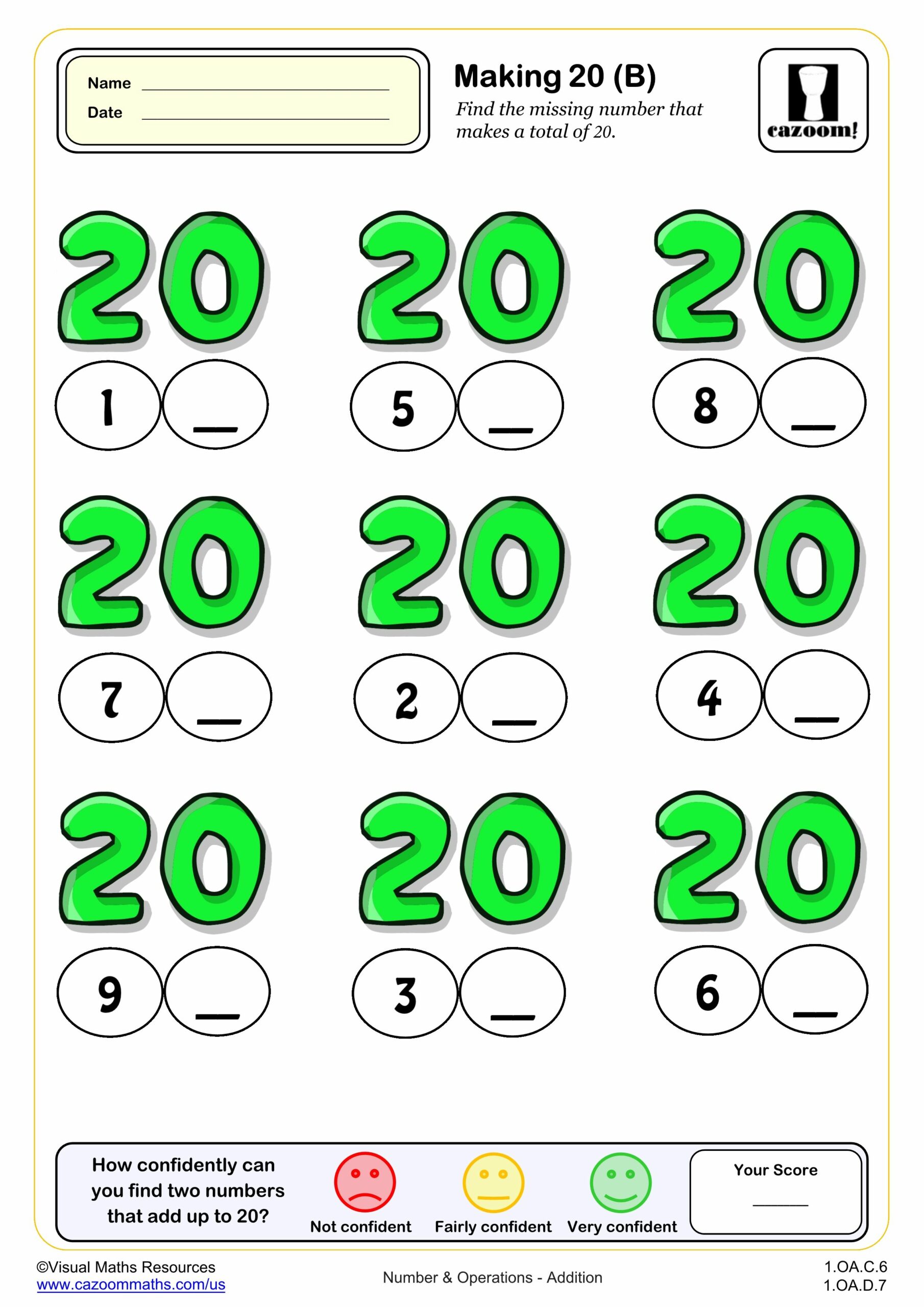
Making 20 (BONDS)
Grades: 1st Grade
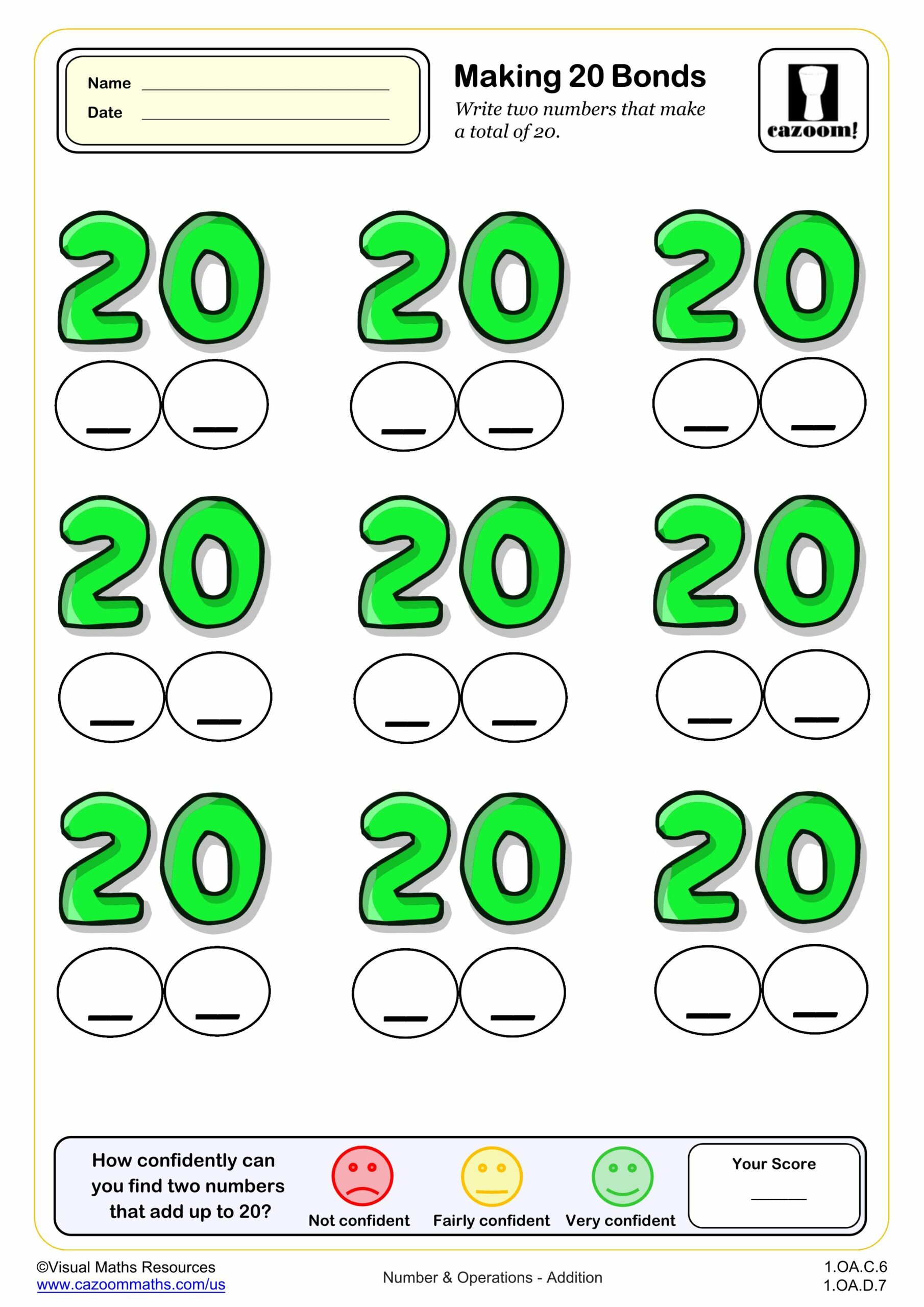
Making 20 (C)
Grades: 1st Grade
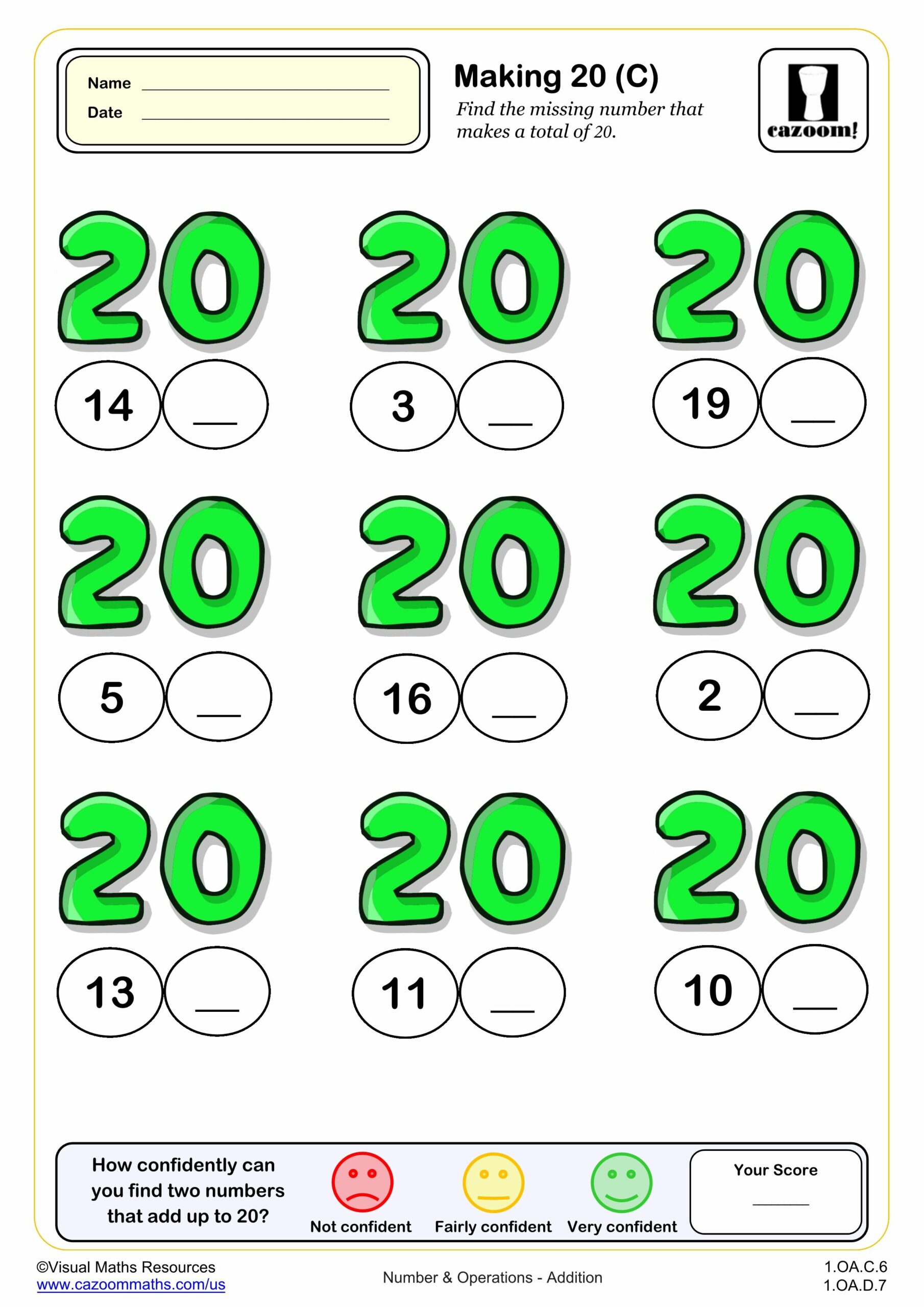
Making 20 with three numbers
Grades: 1st Grade

Making 20 with three numbers (Blanks)
Grades: 1st Grade
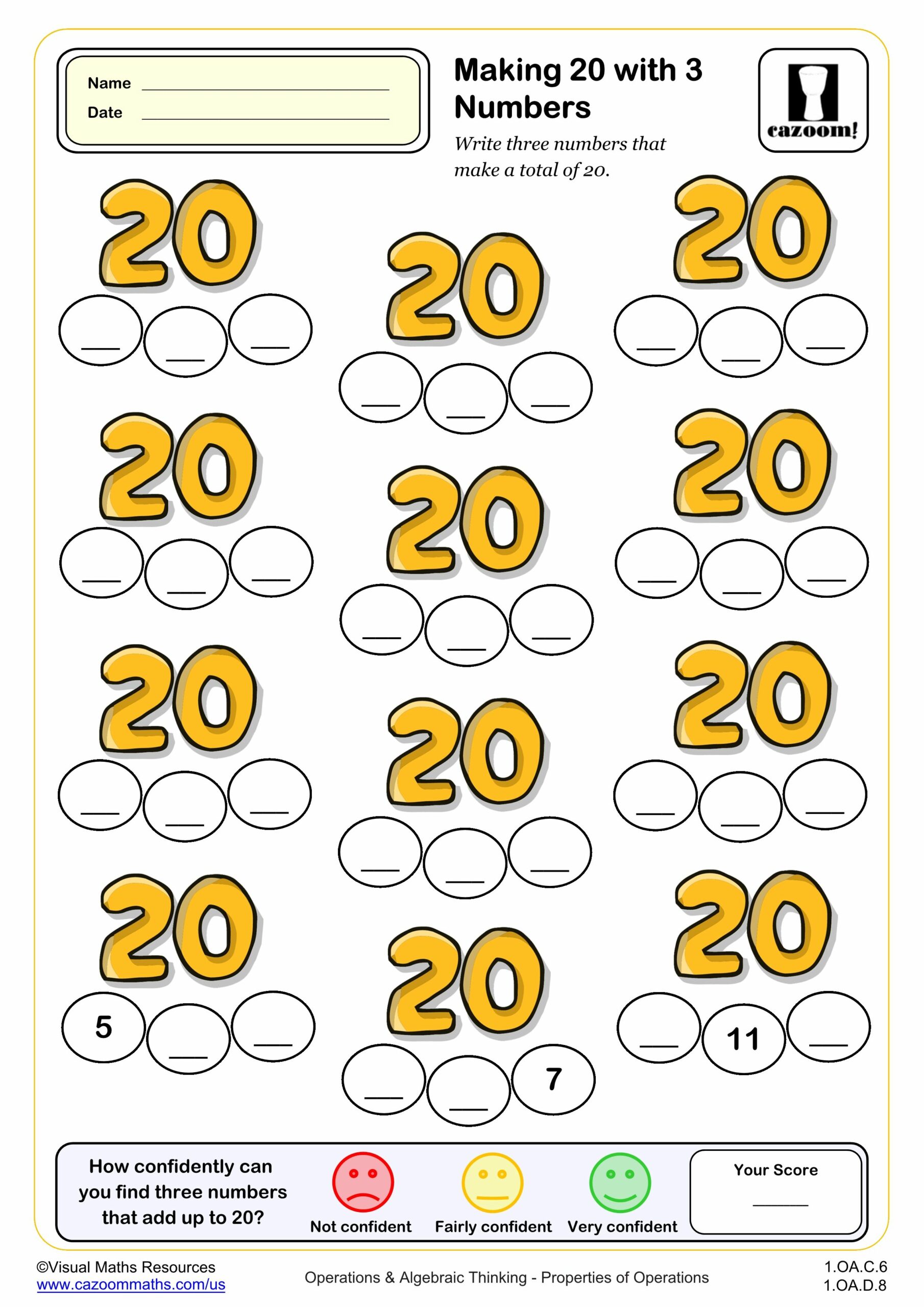
Matching sums (20 only)
Grades: 1st Grade
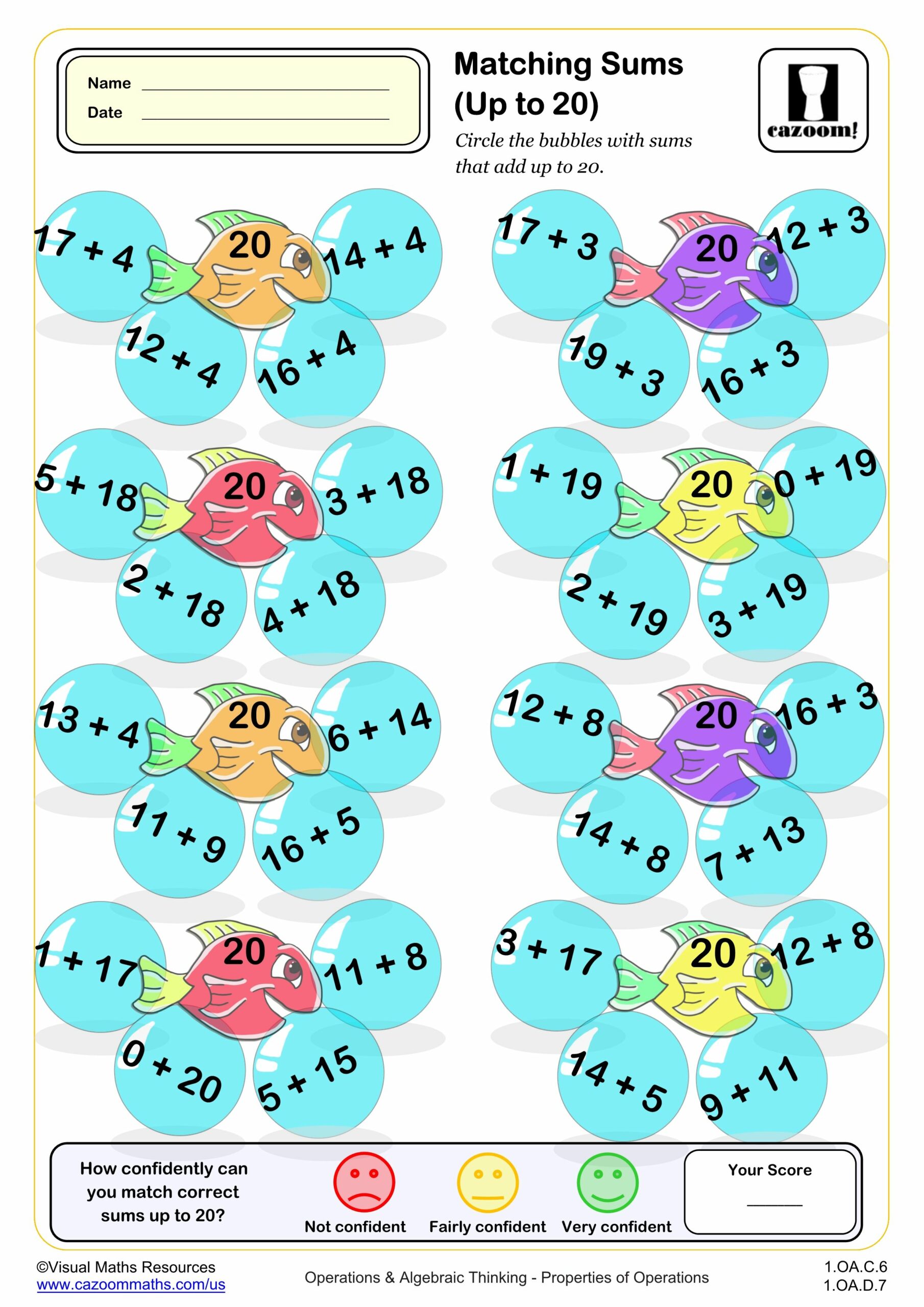
Number Bonds to 20 drills (10 questions)
Grades: 1st Grade
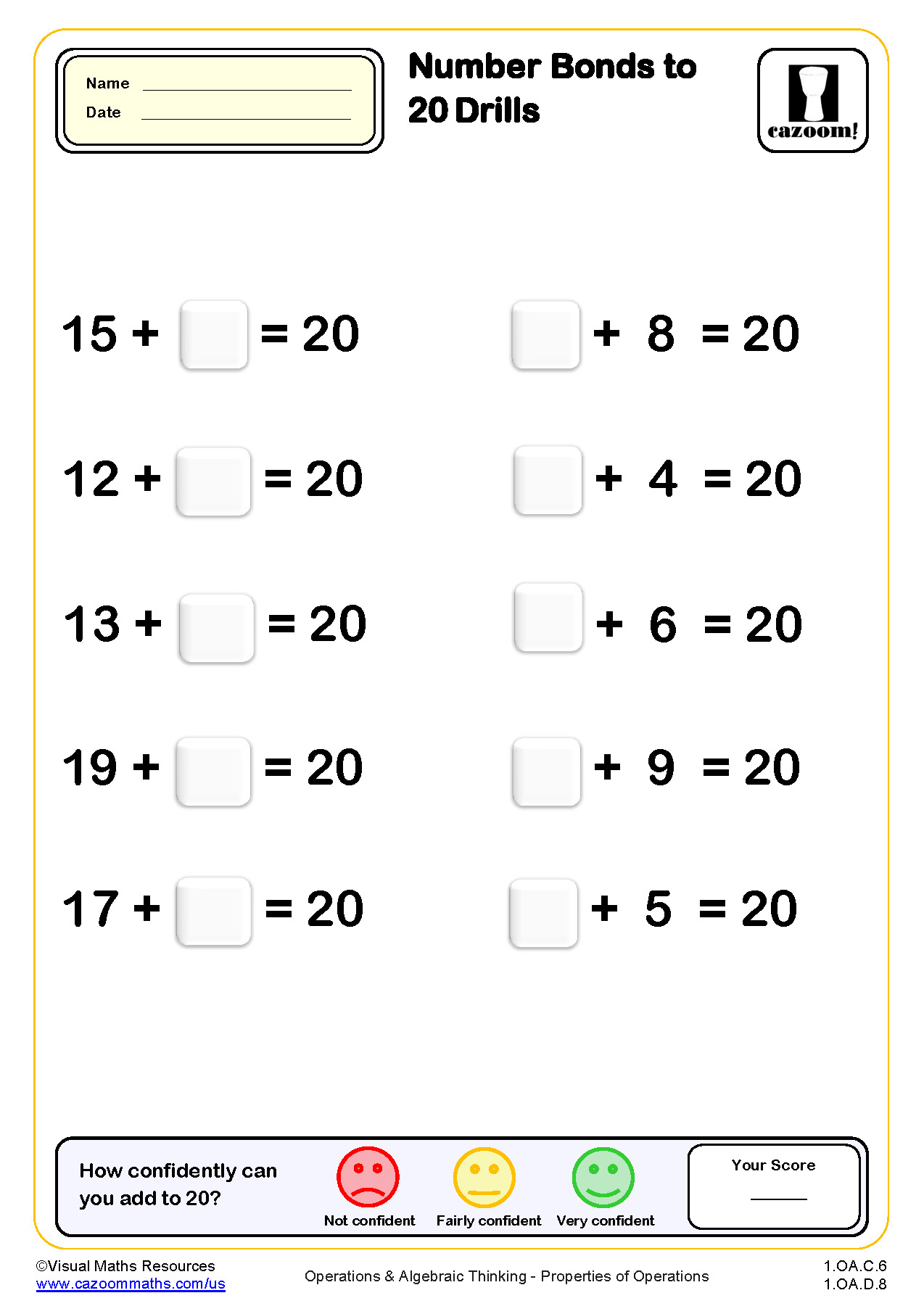
Number Bonds to 20 drills (20 questions)
Grades: 1st Grade
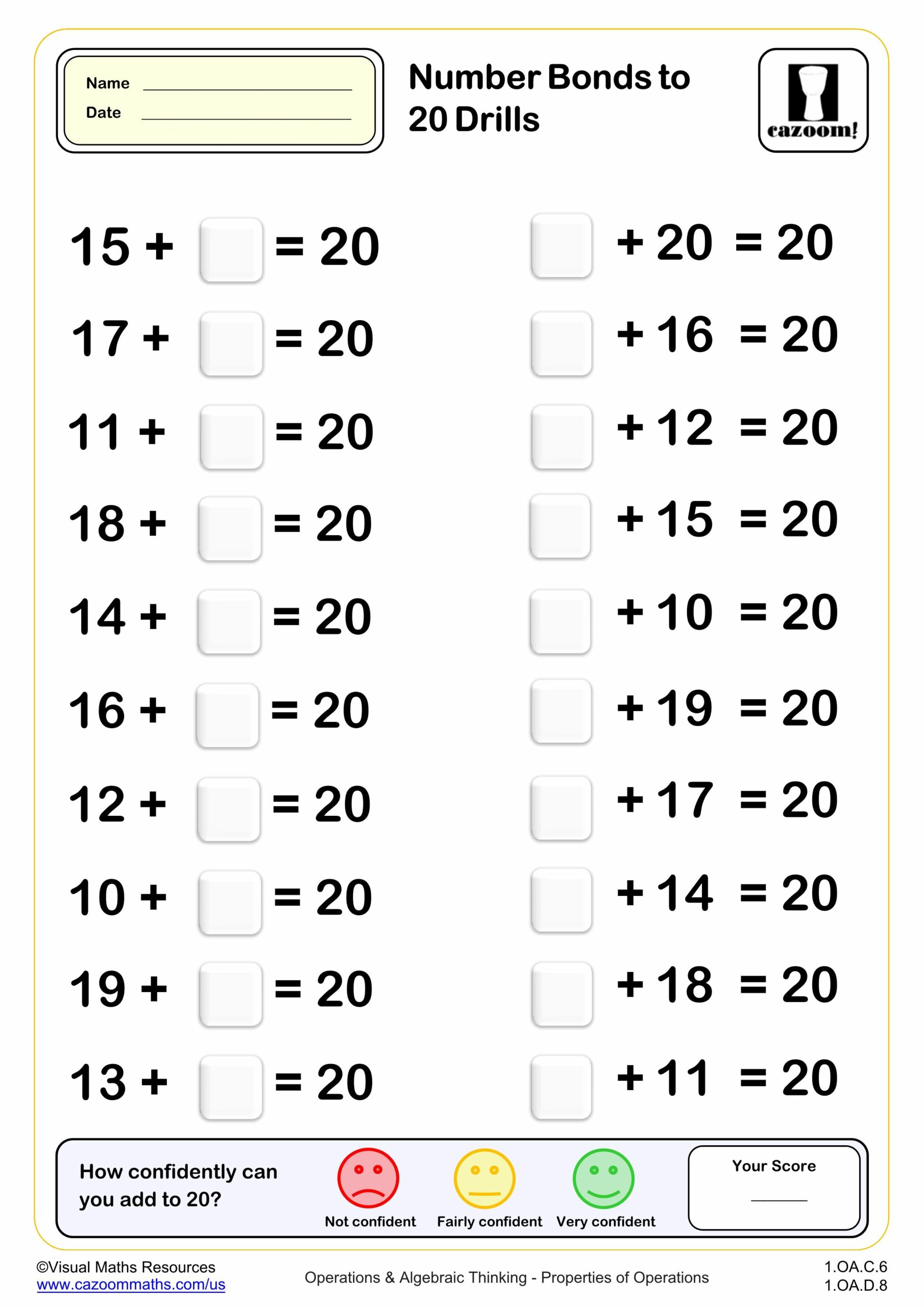
Number Bonds to 20 drills (50 questions)
Grades: 1st Grade
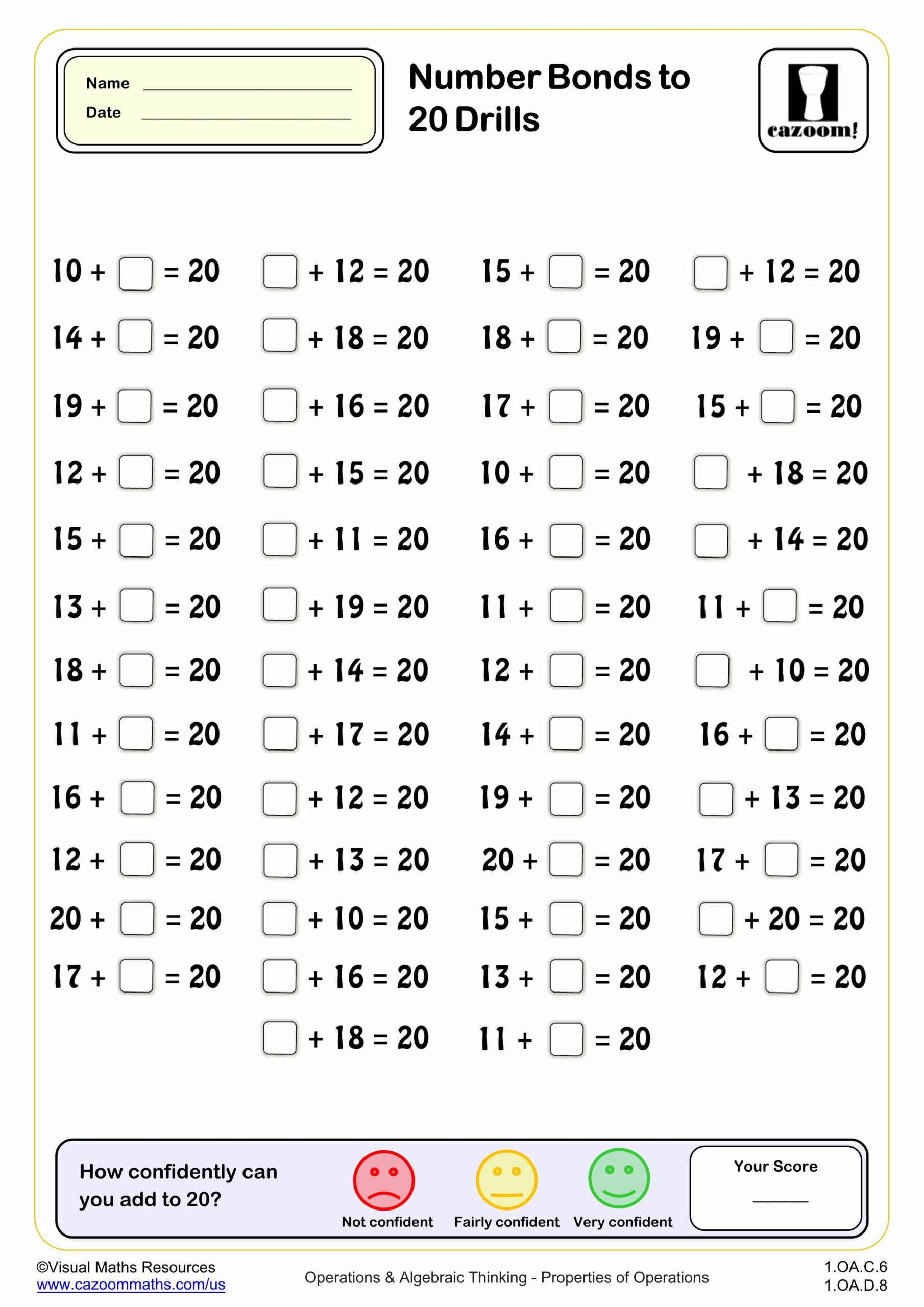
Number Bonds to 20 drills (B) (20 questions)
Grades: 1st Grade
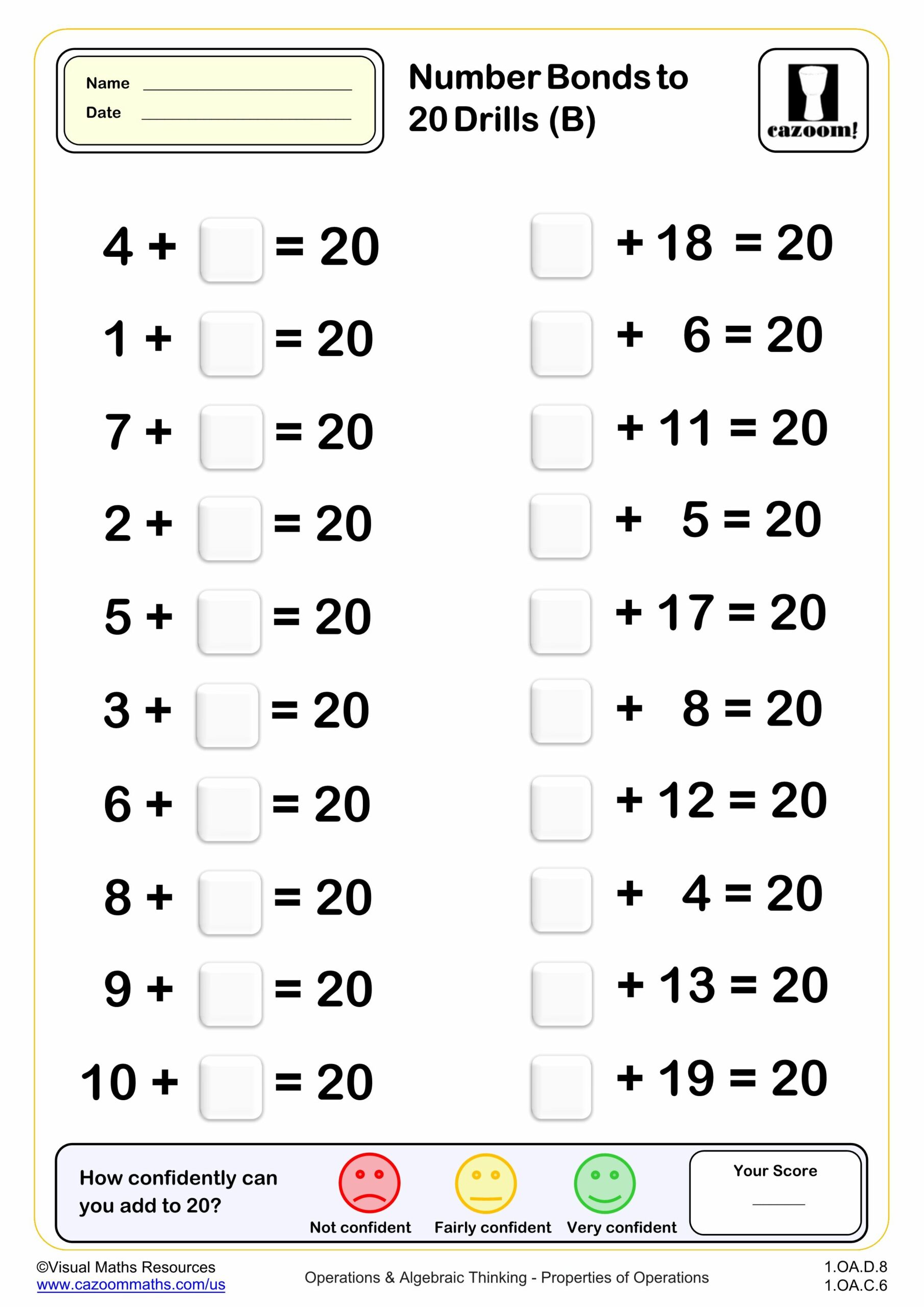
Number Bonds to 20 drills (B) (50 questions)
Grades: 1st Grade

Number bonds to 20 with dots
Grades: 1st Grade
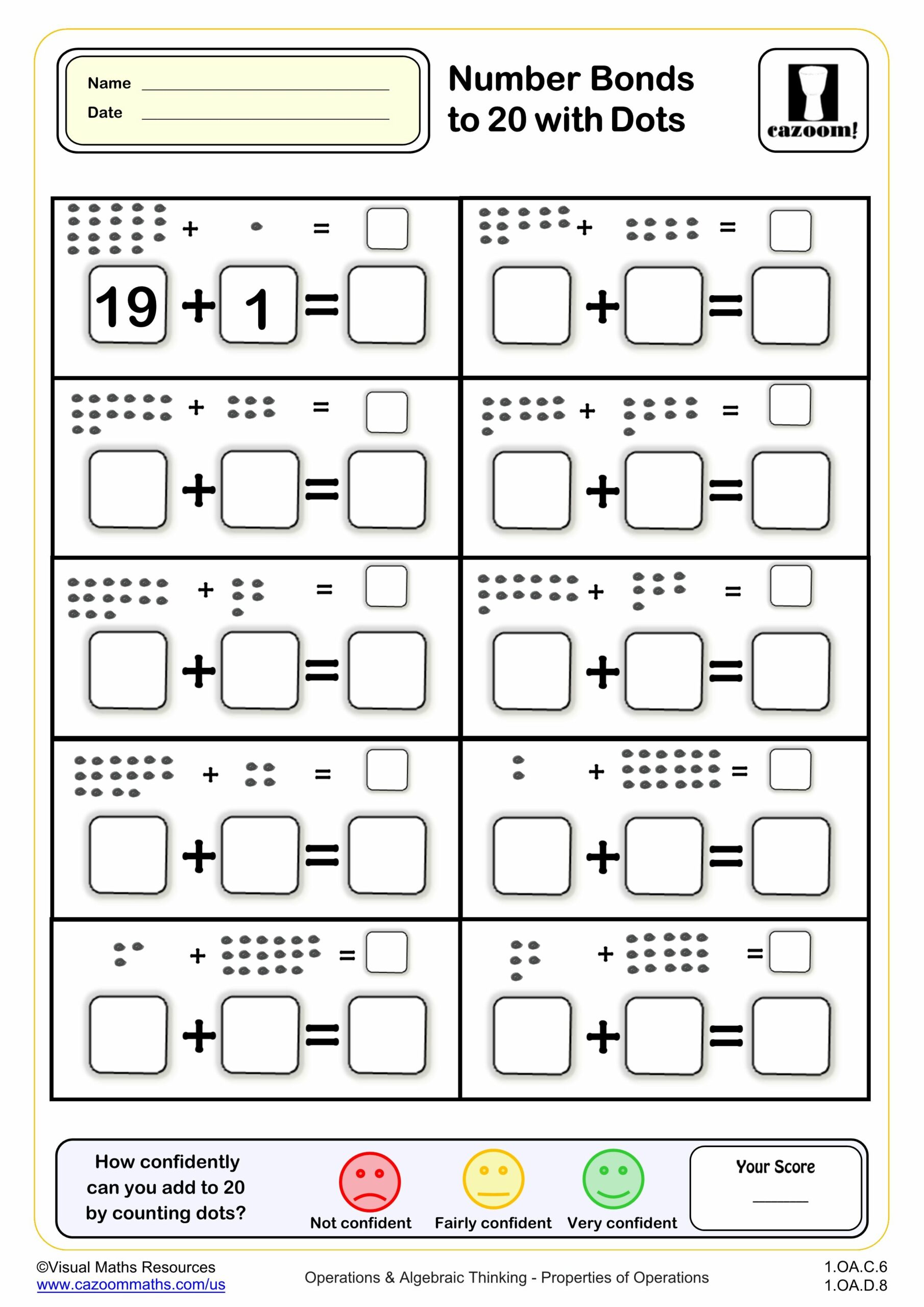
Number bonds to 20 with number lines
Grades: 1st Grade
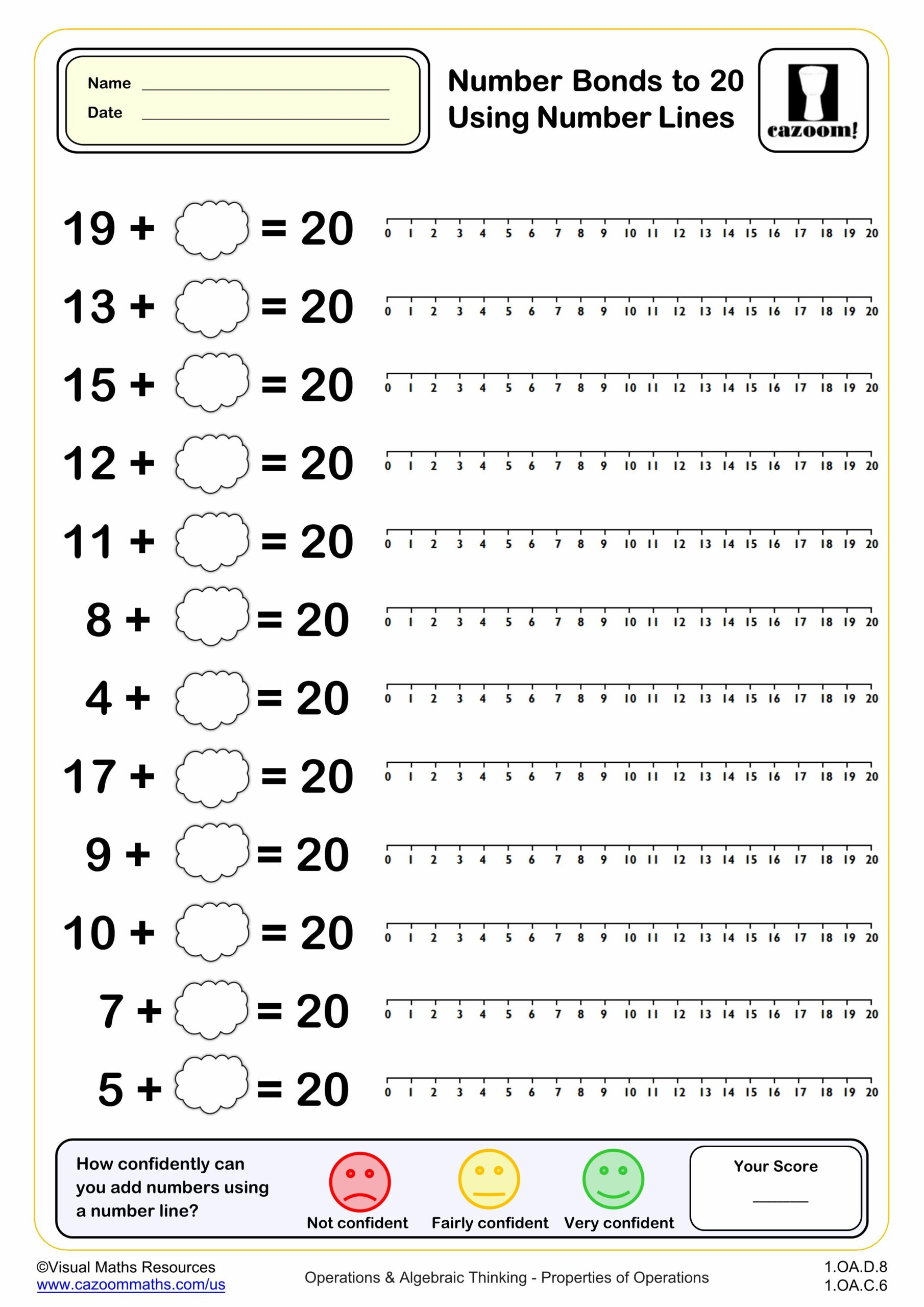
Printable PDF Number Bonds to 20 Worksheets with Answers
Download our printable PDF, number bonds up to 20 resources right away to give students the push they need when learning the core ideas of number bonds. Our math experts have specifically curated these resources in a way that your children can master these concept-based worksheets using simple sums with clear and easy-to-understand instructions. Hence, our number bond resources are great for building a sense of numbers and early problem-solving skills.
What Are Number Bonds up to 20?
The basic idea of Number bonds up to 20 is pairs of numbers that add together to make a total of 20 or less. For example, 8 + 5 = 13 and 10 + 10 = 20. These number pairs help young learners understand how numbers connect and work together. Practicing number bonds strengthens their skills in addition and subtraction. Our worksheets offer fun and clear activities to explore number combinations and build a strong math foundation.
Why Is Learning Number Bonds Important?
Learning number bonds gives students a better understanding of numbers and how they fit together. It helps them break down math problems into smaller, easier parts. This makes it faster to solve addition and subtraction questions. It also supports mental math, regrouping, and more advanced skills later on. Our number bond worksheets help children practice regularly and grow in confidence as they learn new math concepts.
Prerequisite Knowledge for Number Bonds up to 20
Before learning number bonds up to 20, students should be able to count to 20, recognize numbers from 0 to 20, and understand basic addition facts within 10. They should also be familiar with using objects or fingers to add small groups together. Having a good understanding of number bonds up to 10, such as knowing that 6 + 4 = 10 or 3 + 7 = 10, will make it easier to move on to bonds over 10 and up to 20.
Real-Life Uses of Number Bonds
Number bonds are helpful in everyday life. Children use them when adding prices, counting change, or sharing items evenly. For example, knowing that 9 + 1 = 10 helps when making ten dollars from smaller amounts. These skills also apply to cooking, setting up games, or splitting snacks. Our worksheets give students real practice with real-life math. They learn how to use number bonds in a way that makes sense outside the classroom.